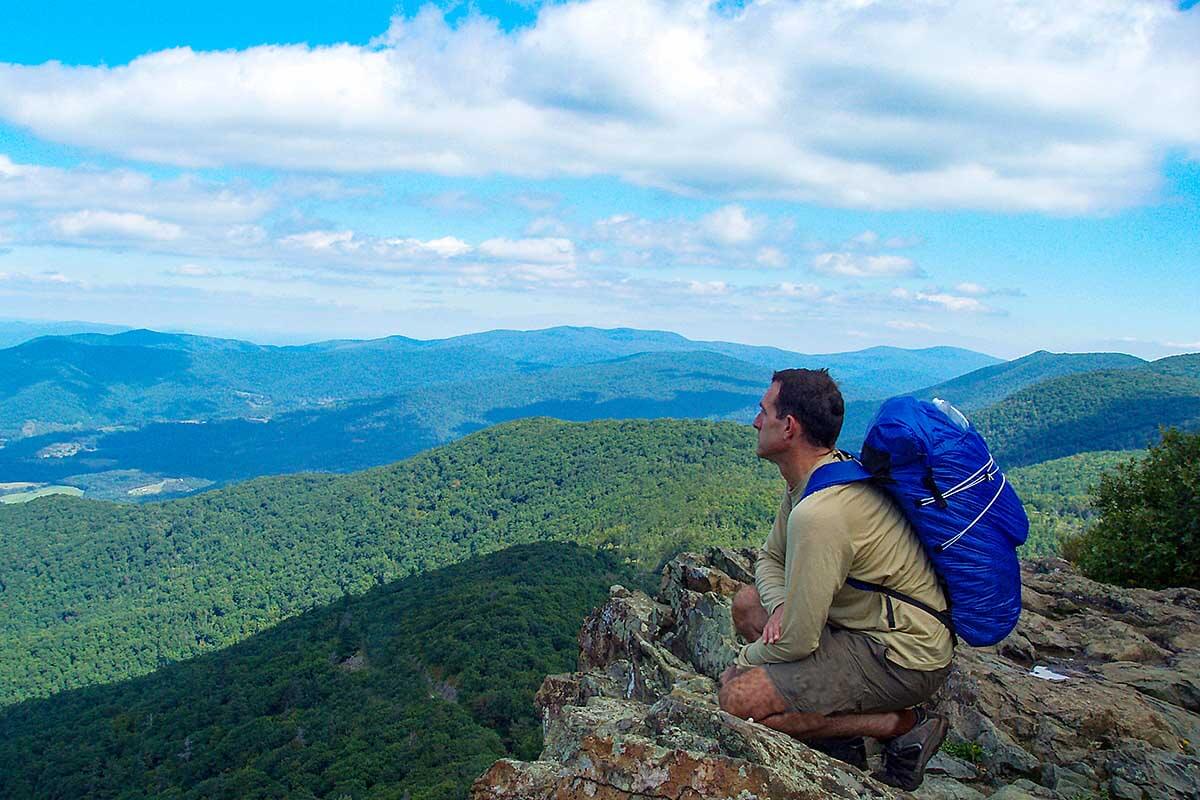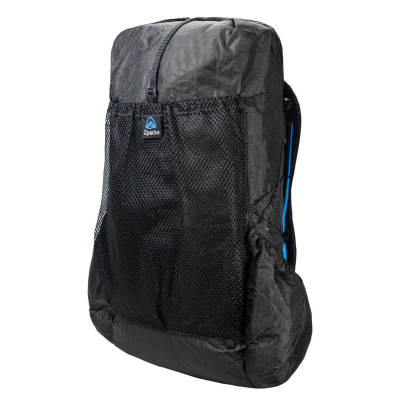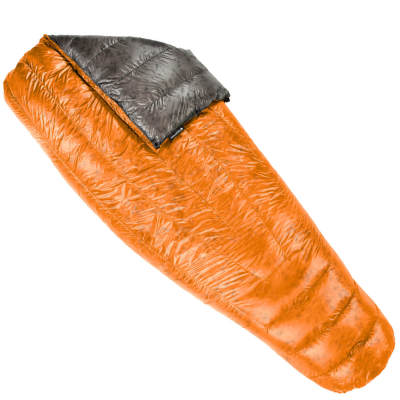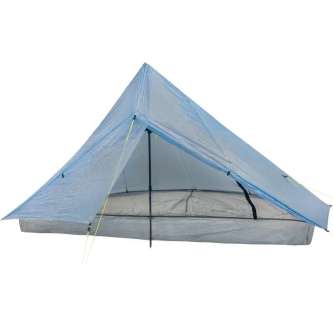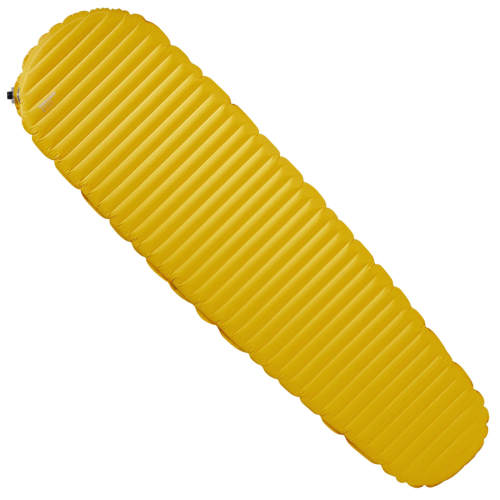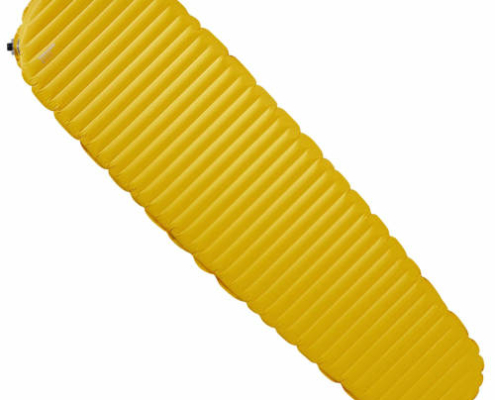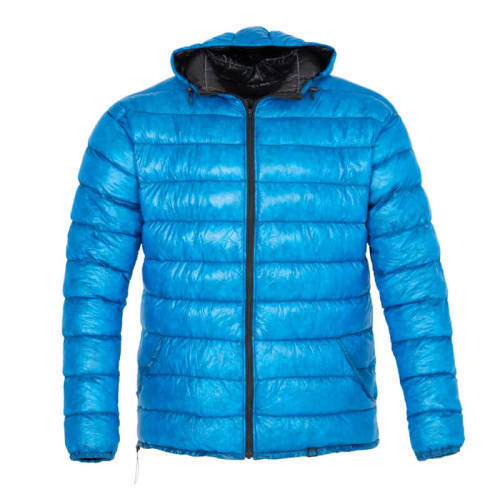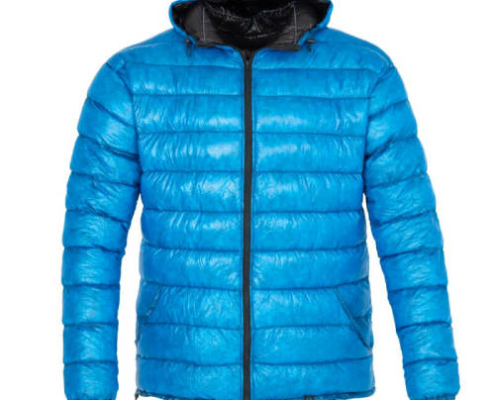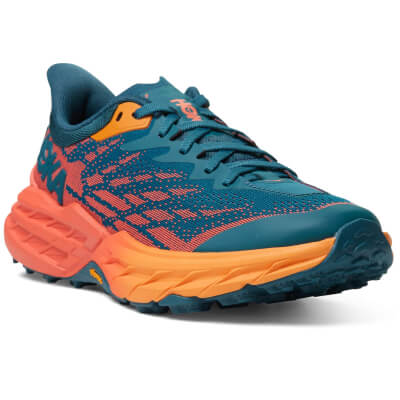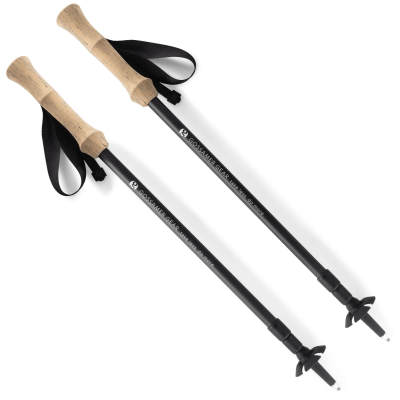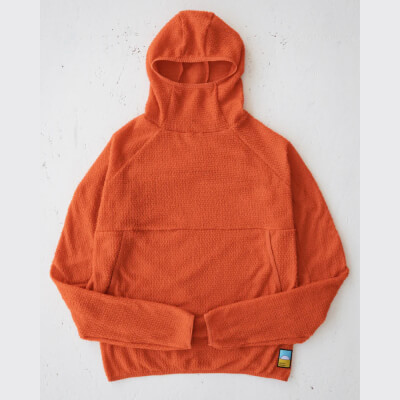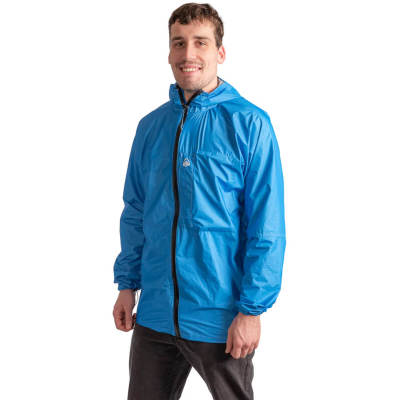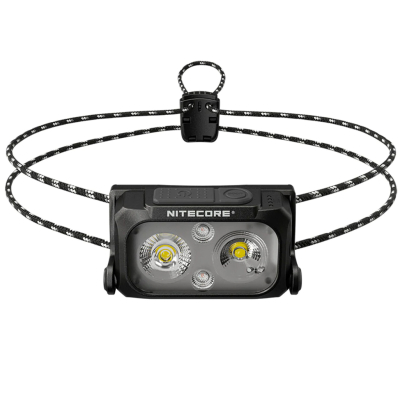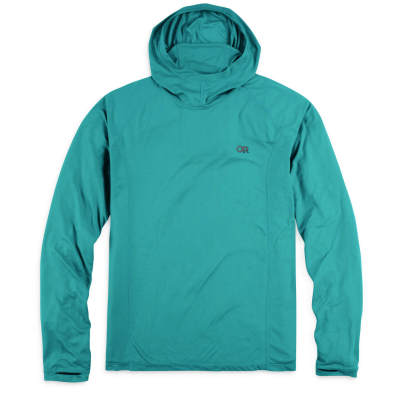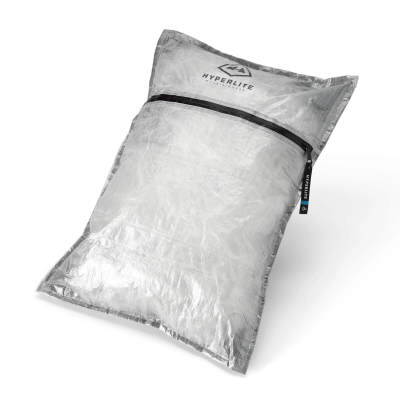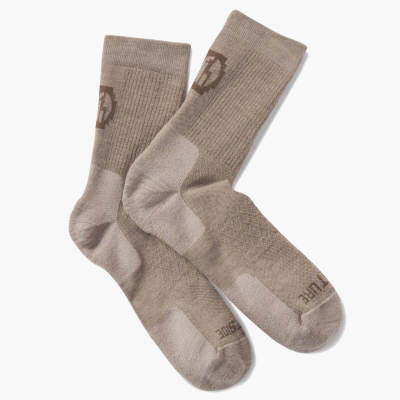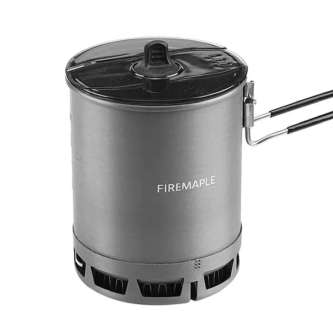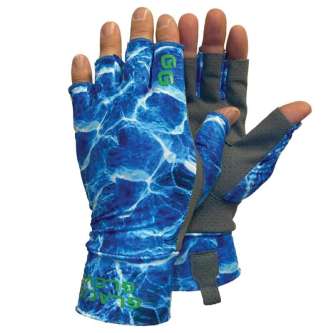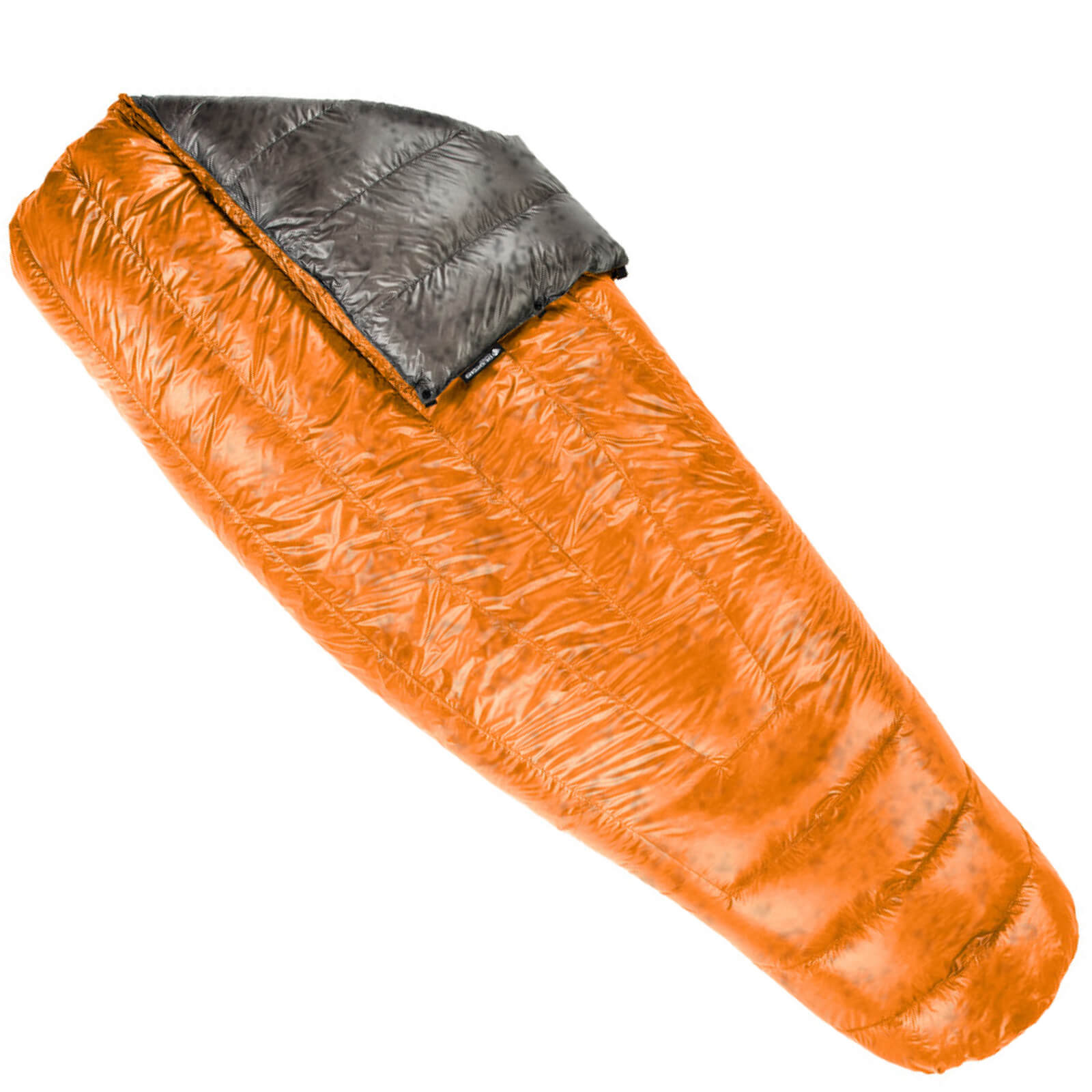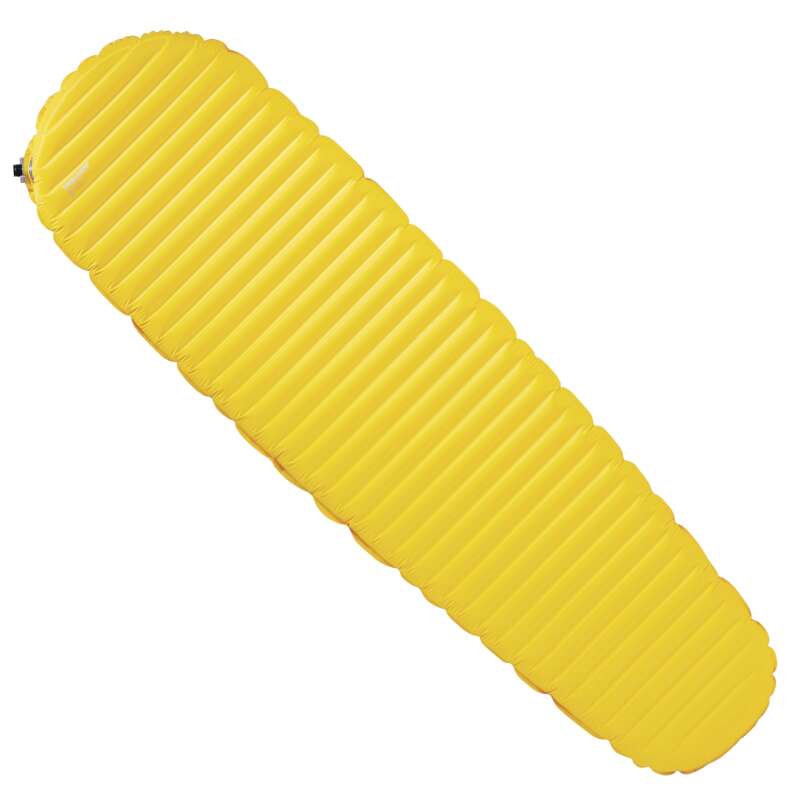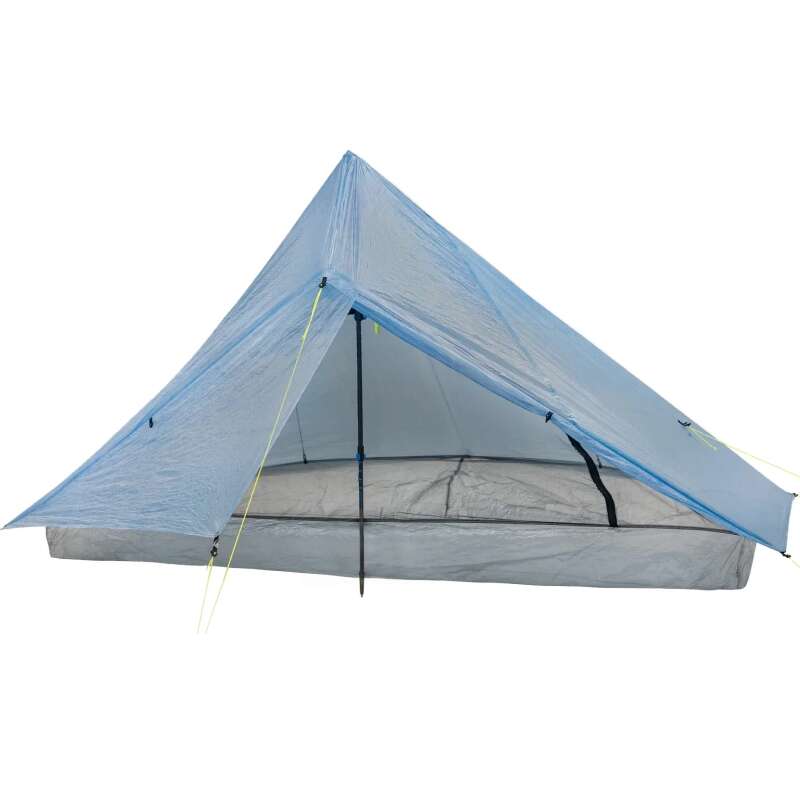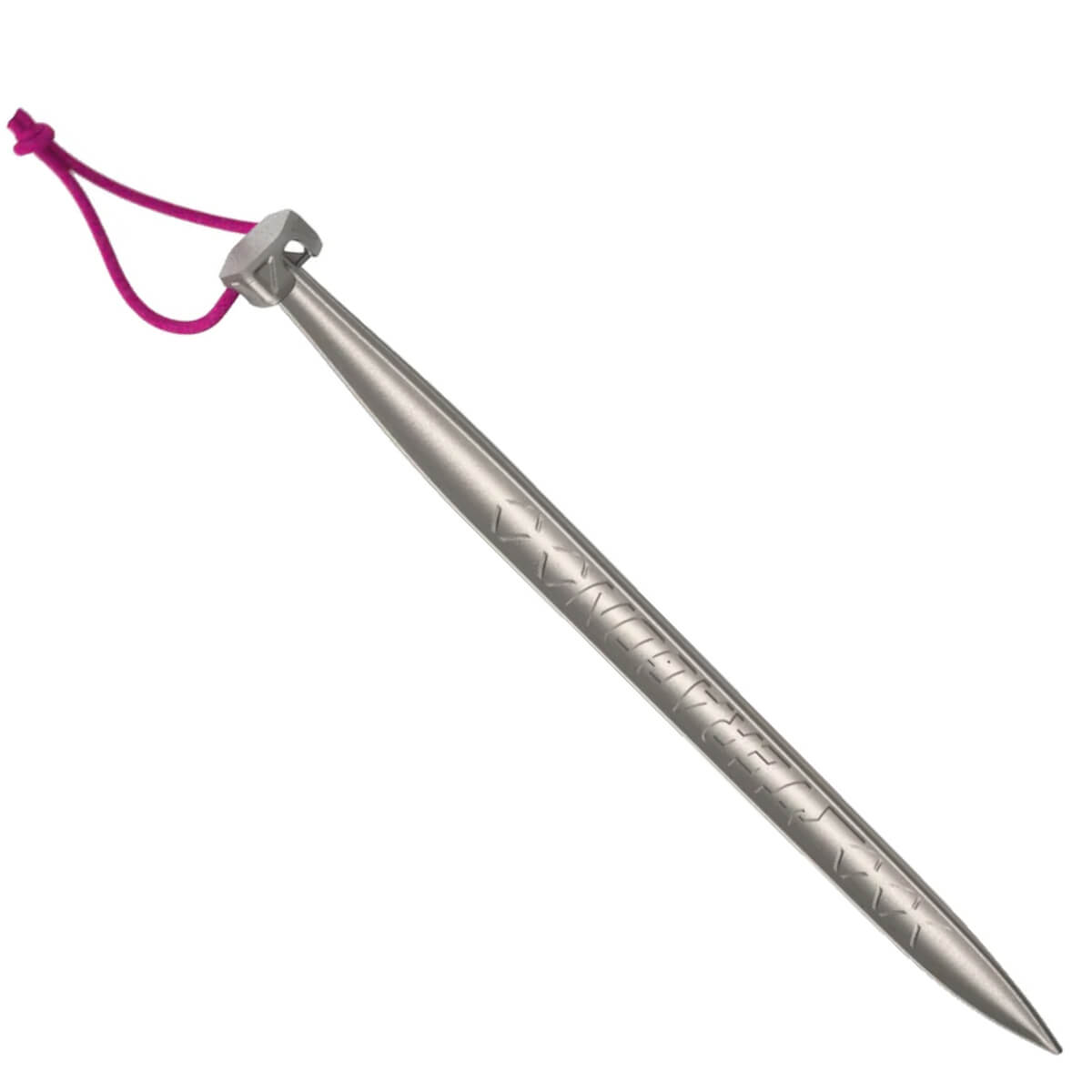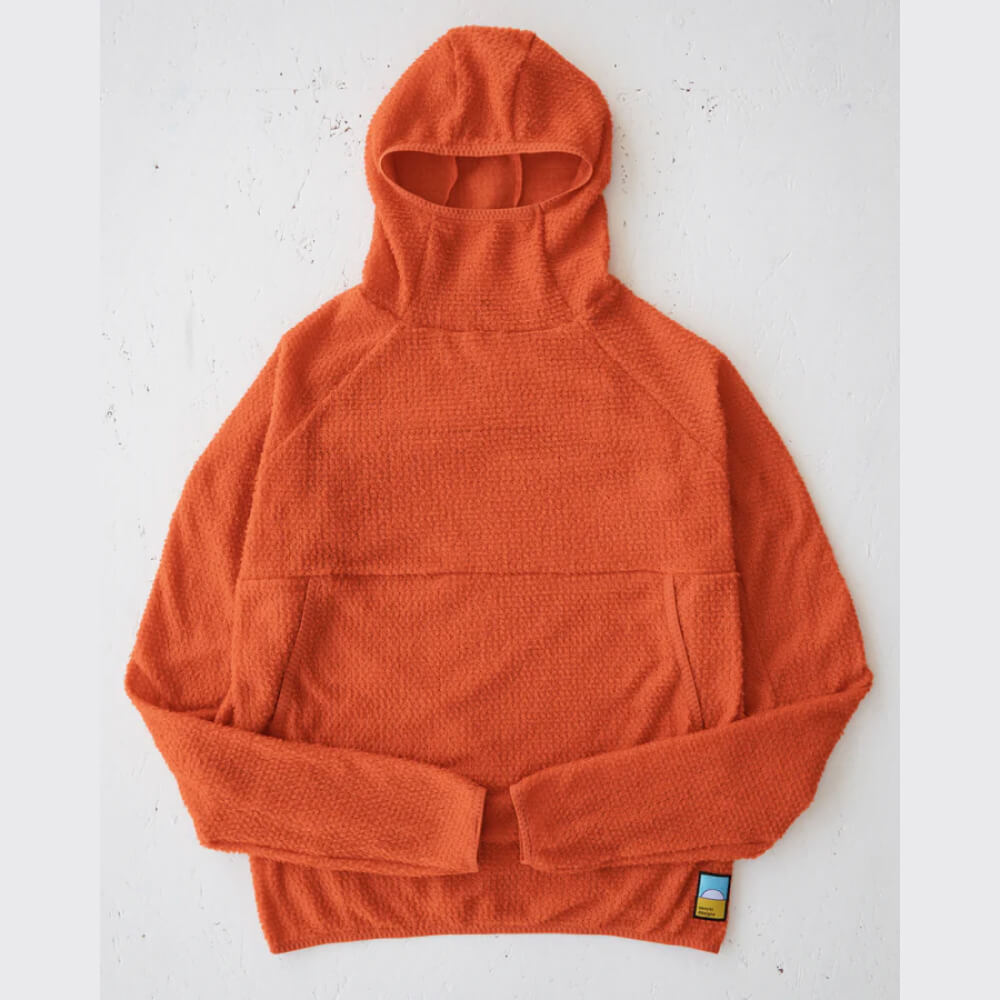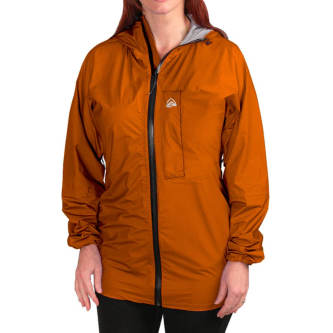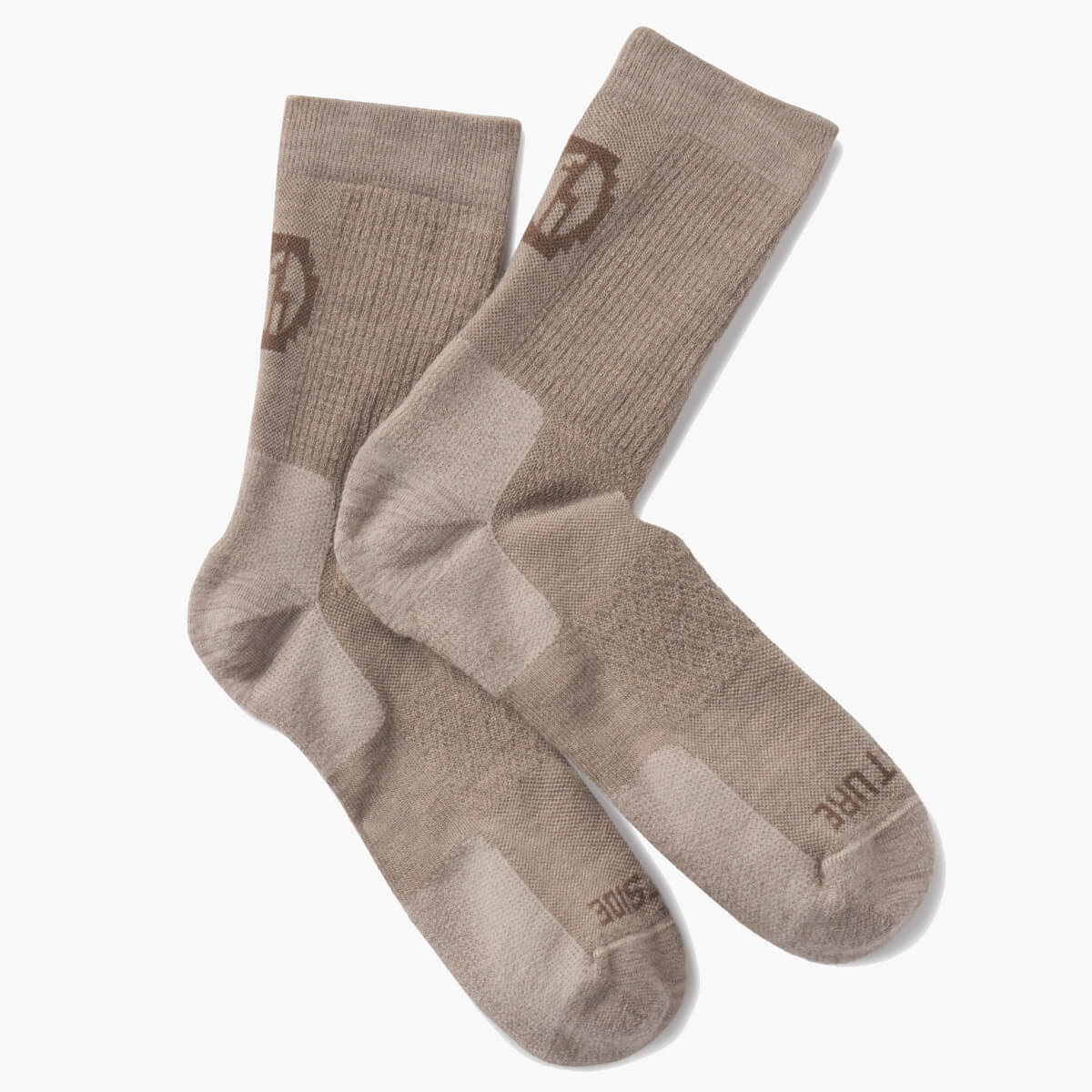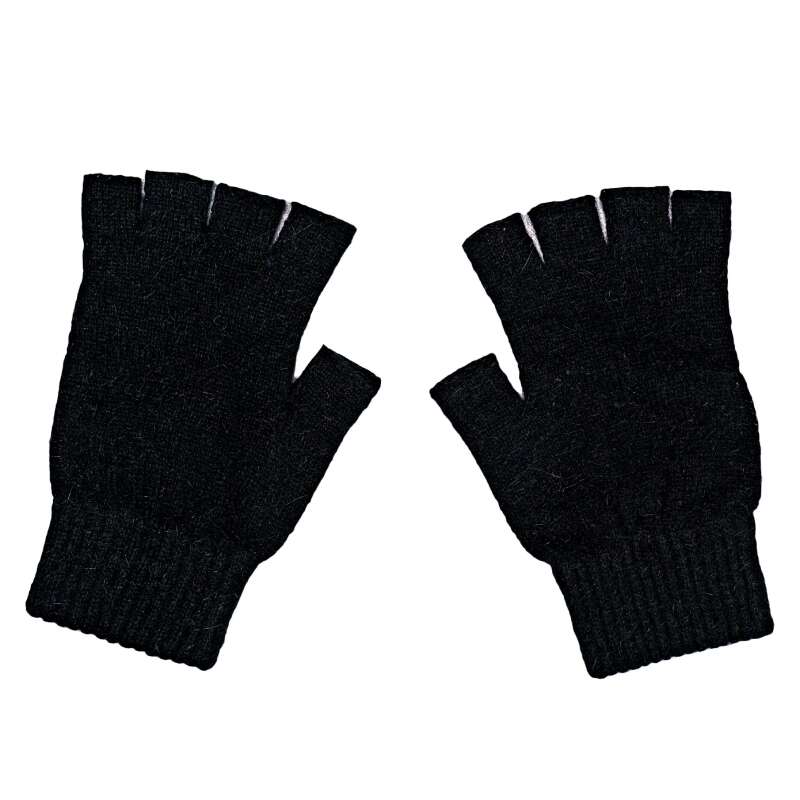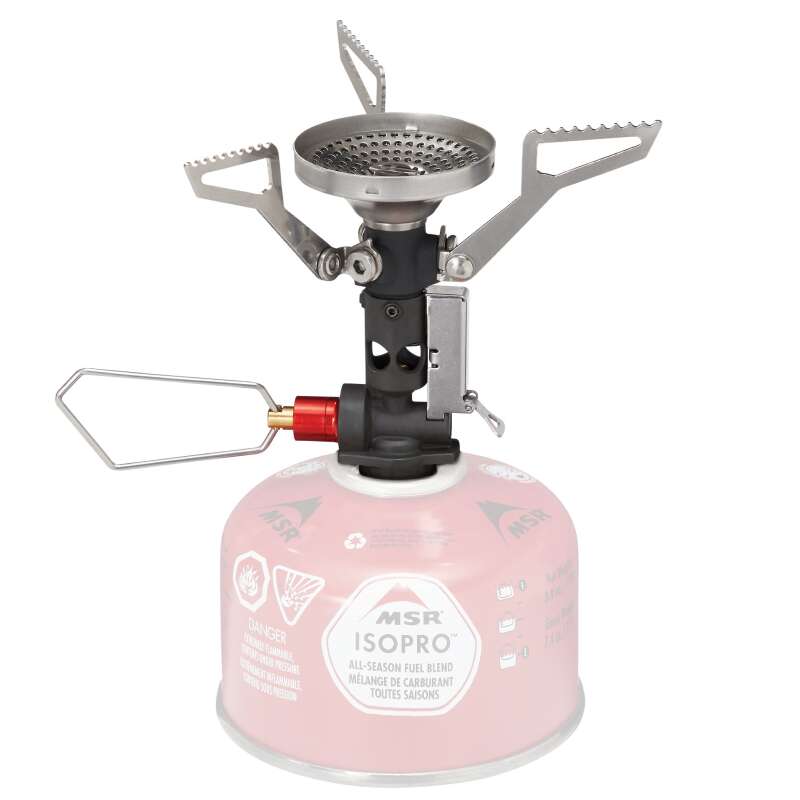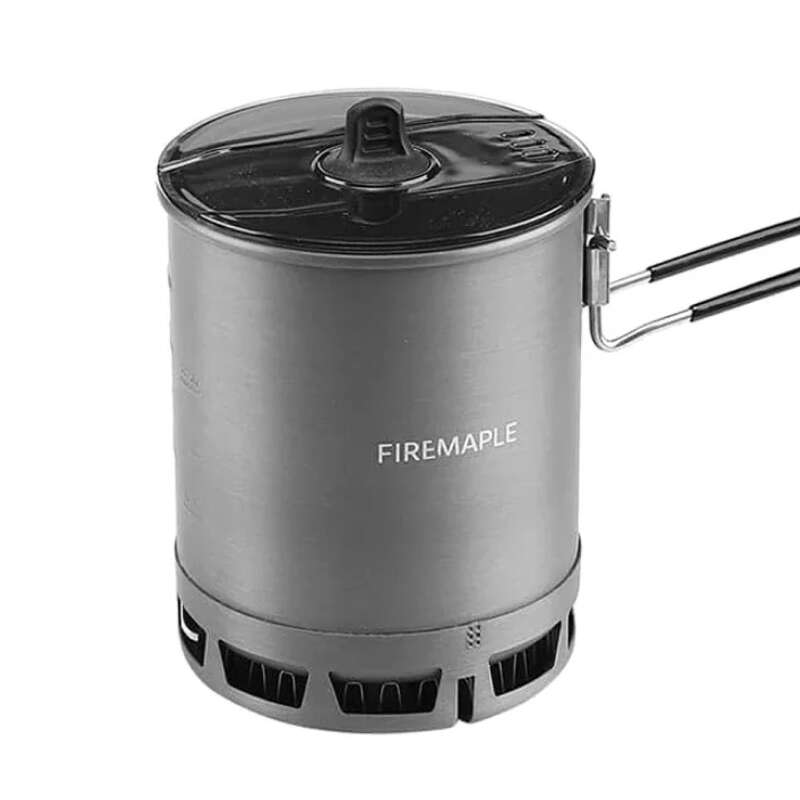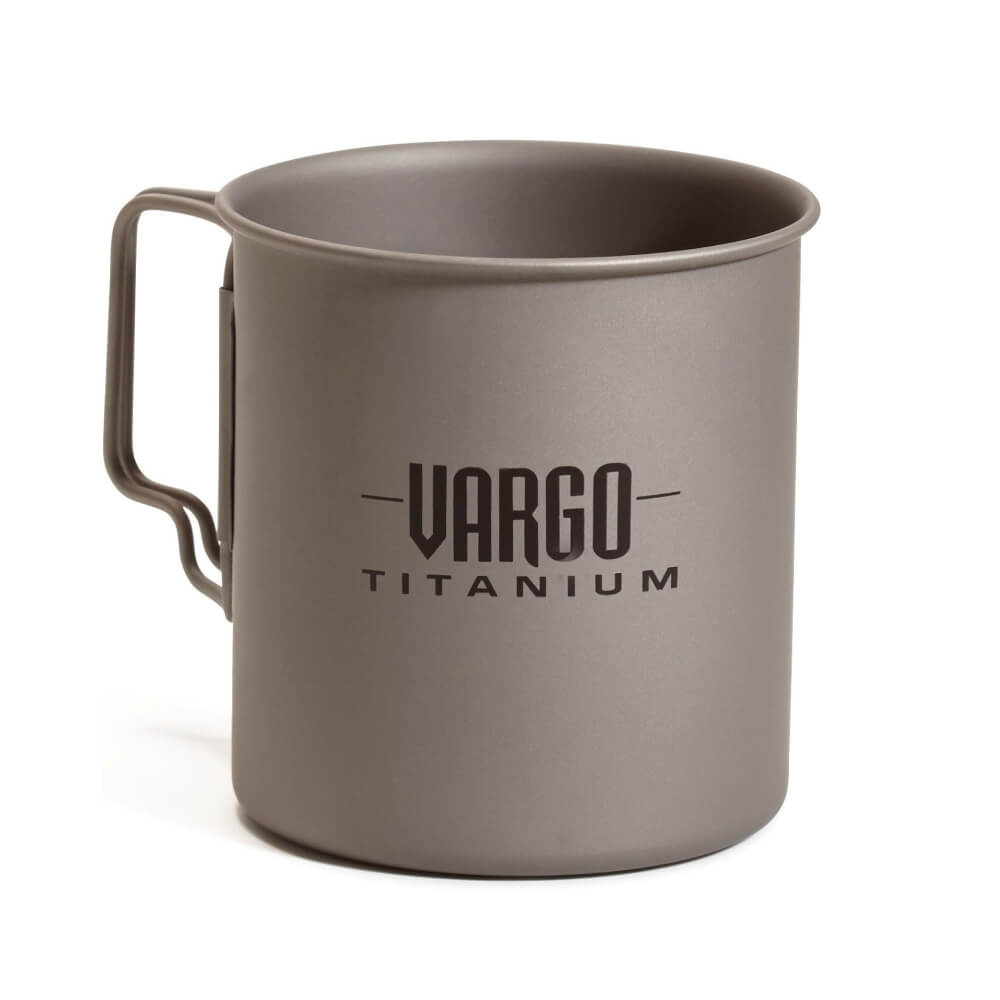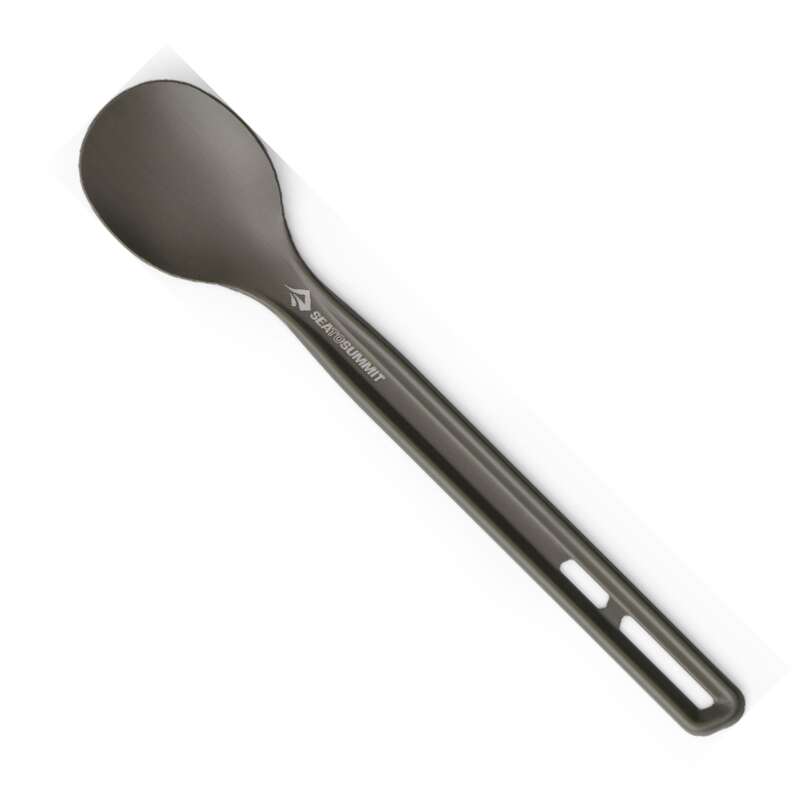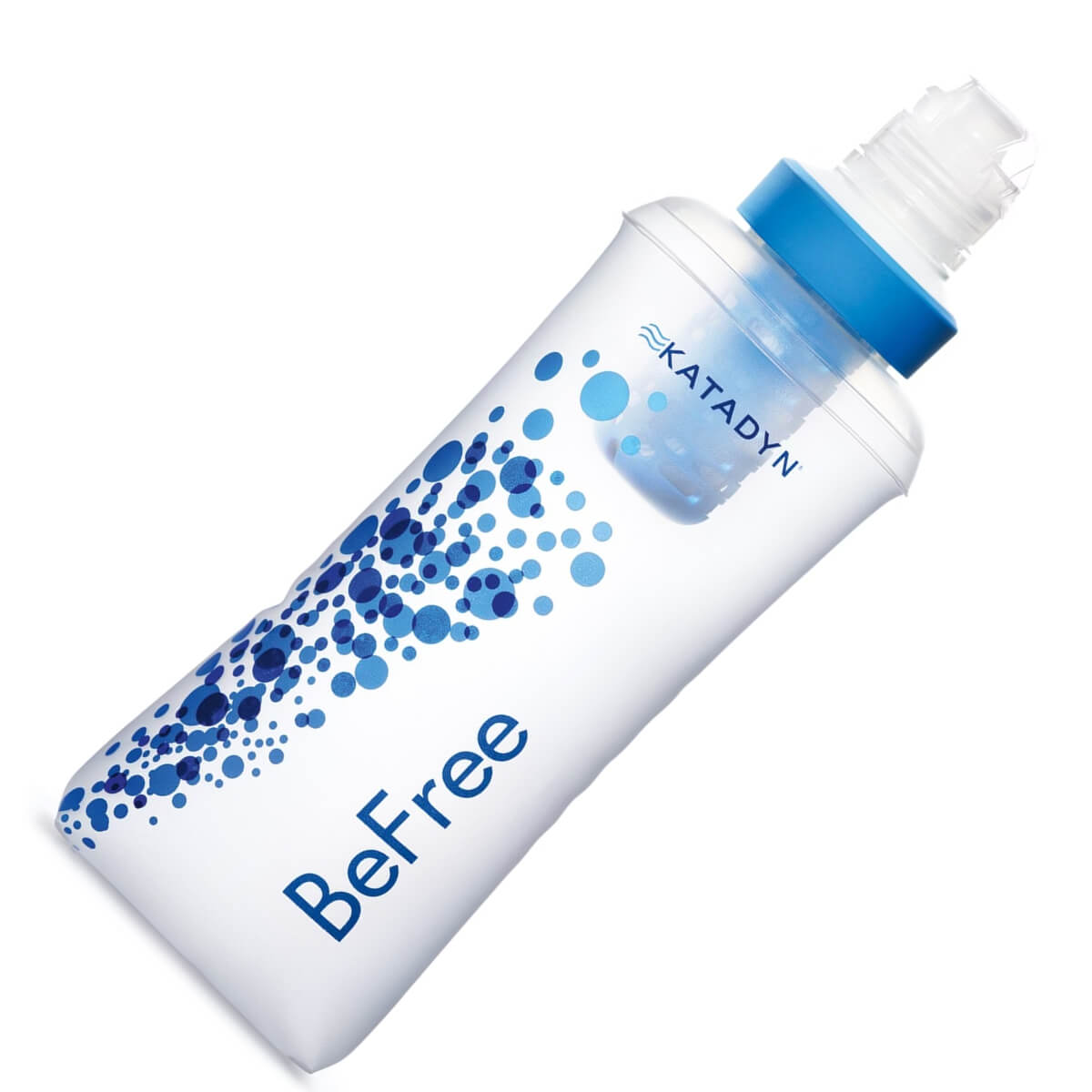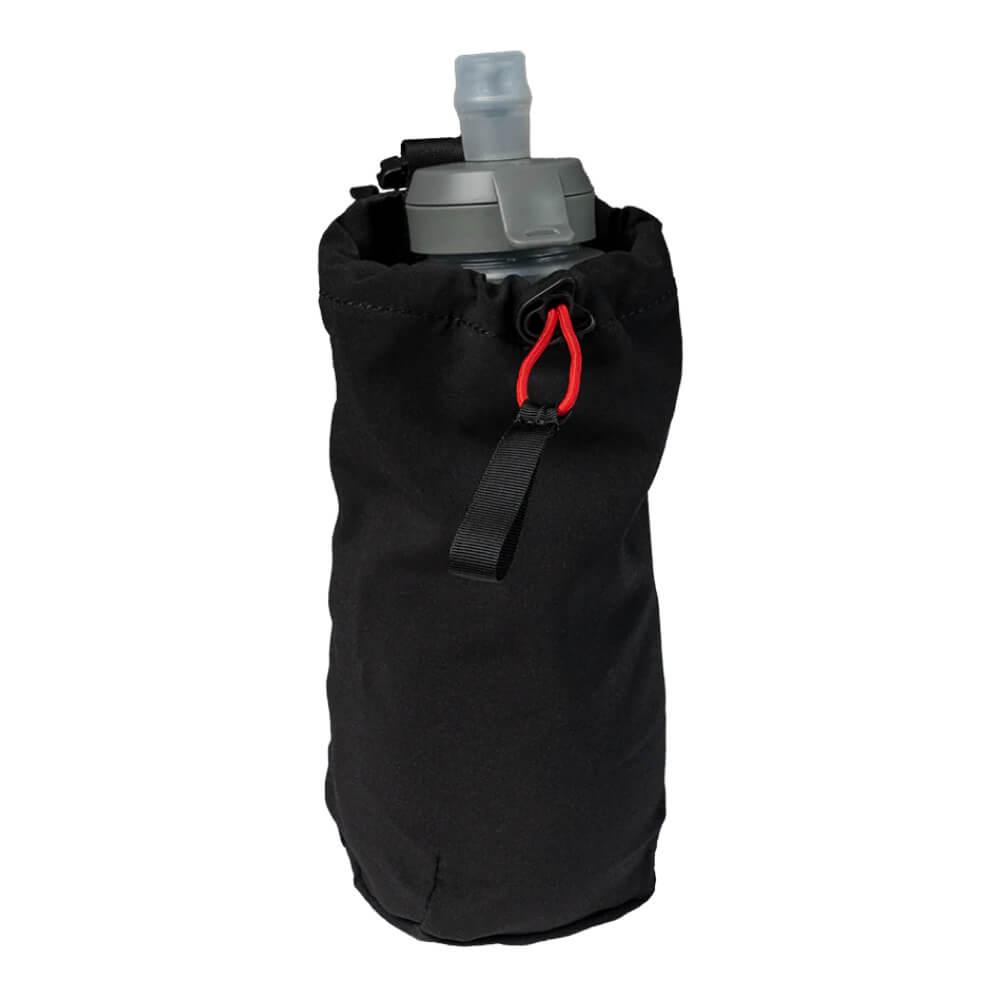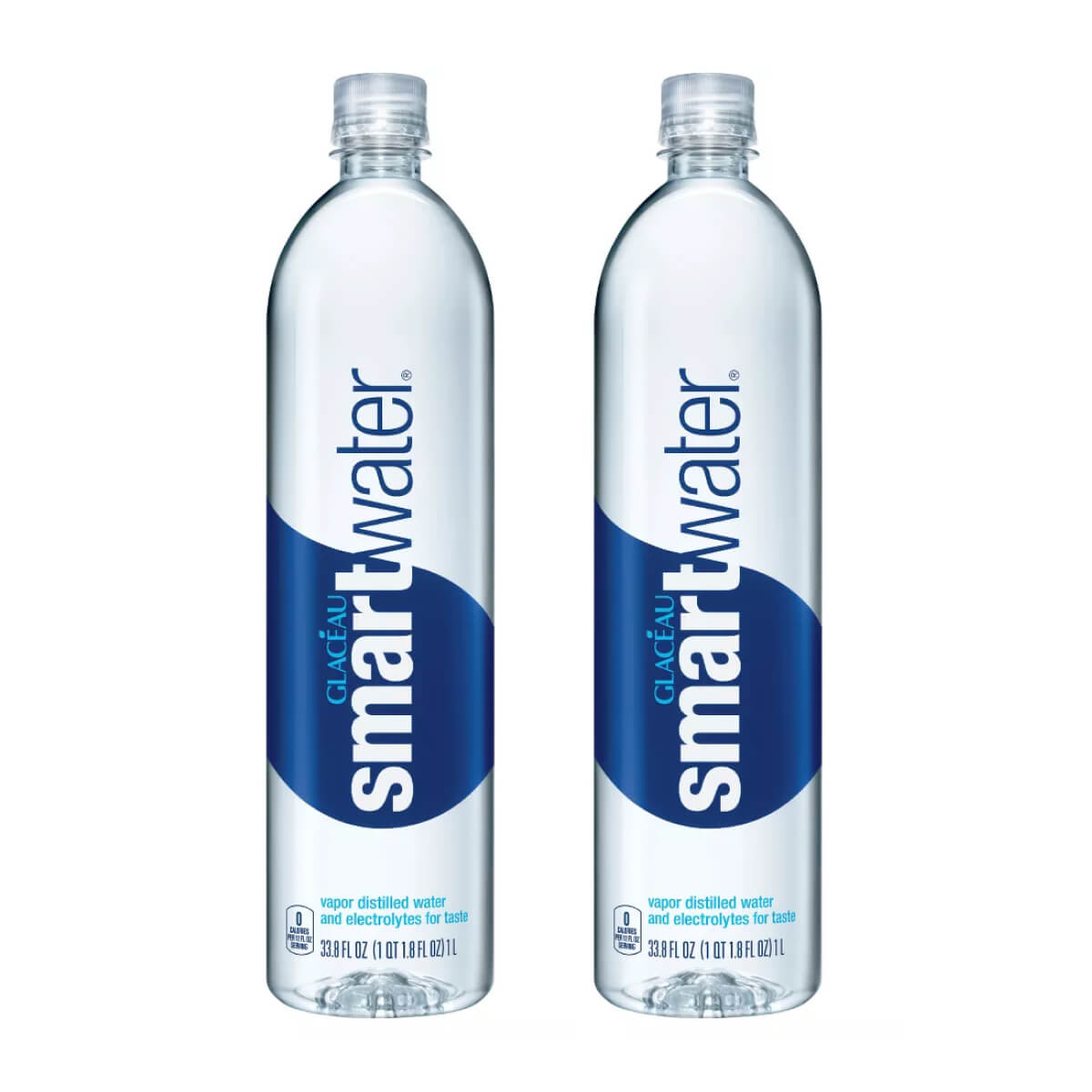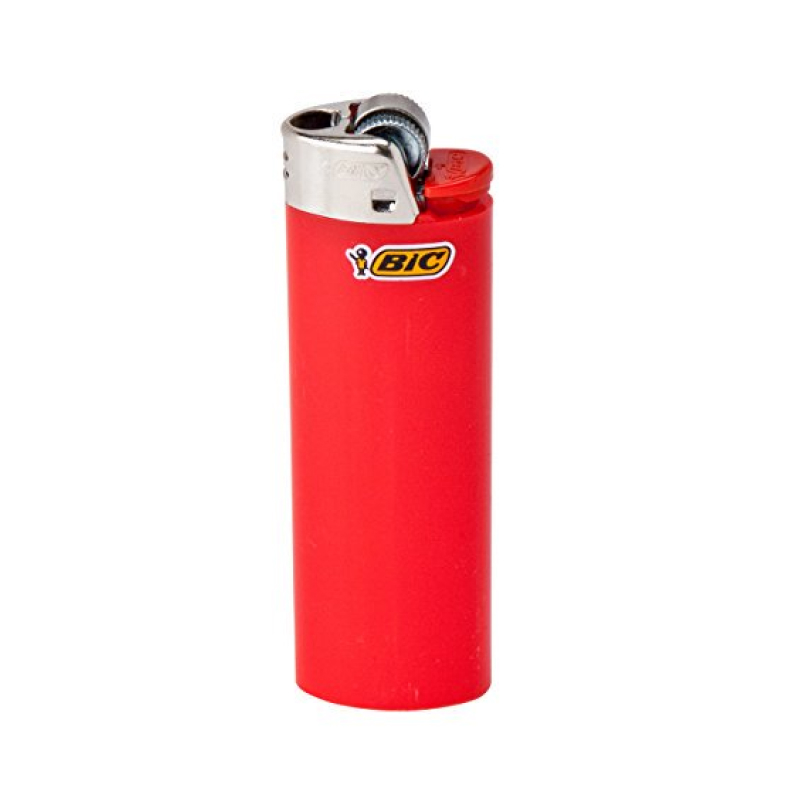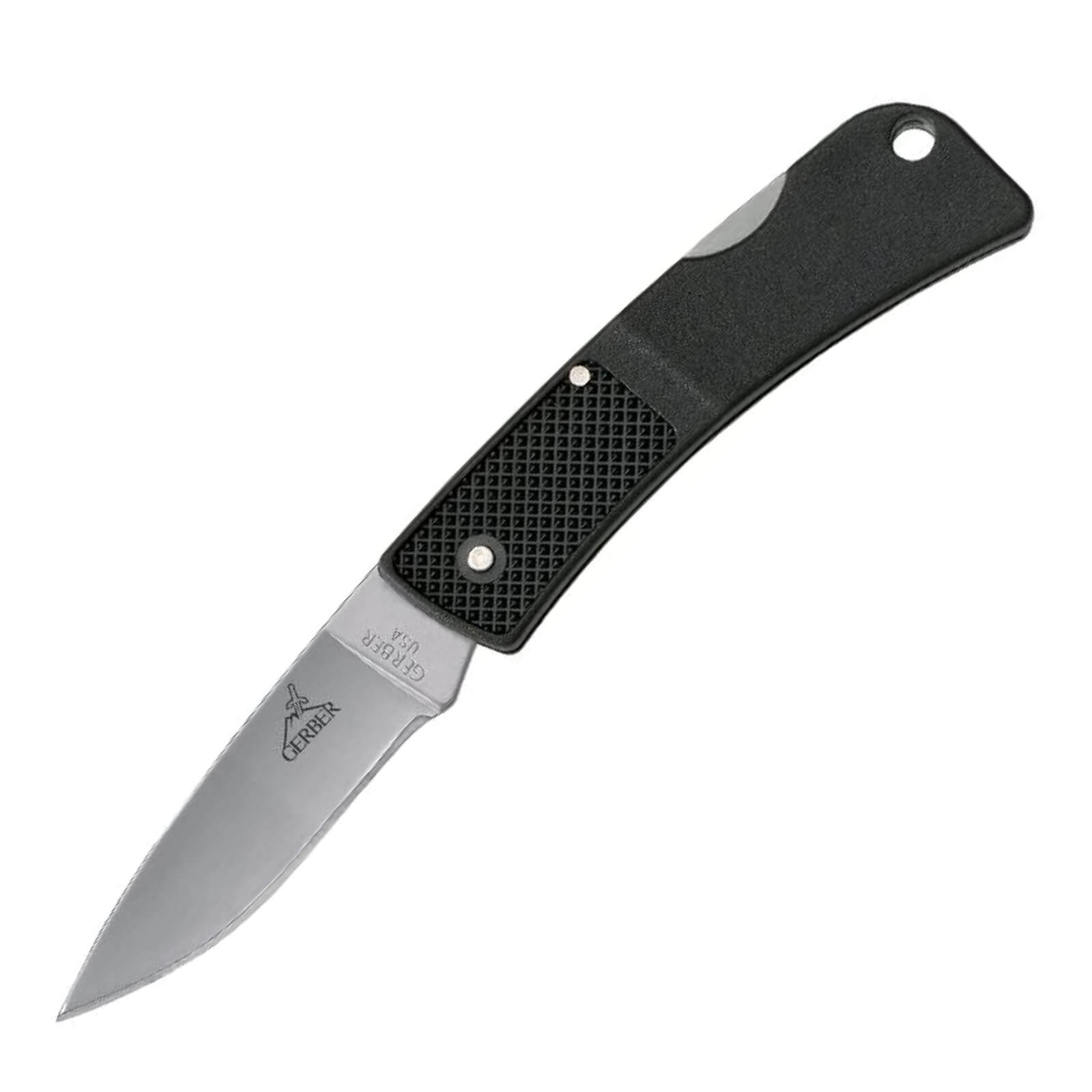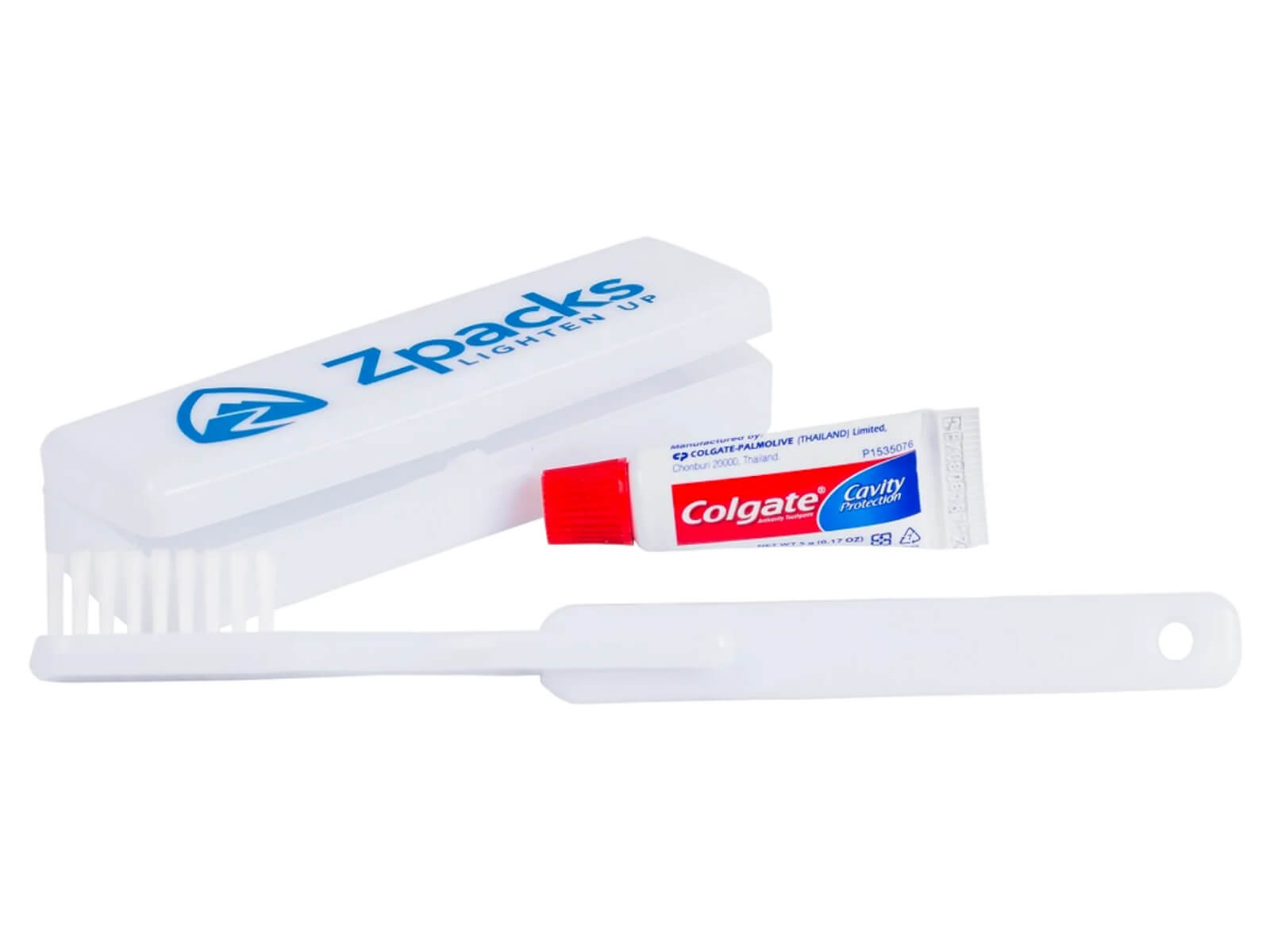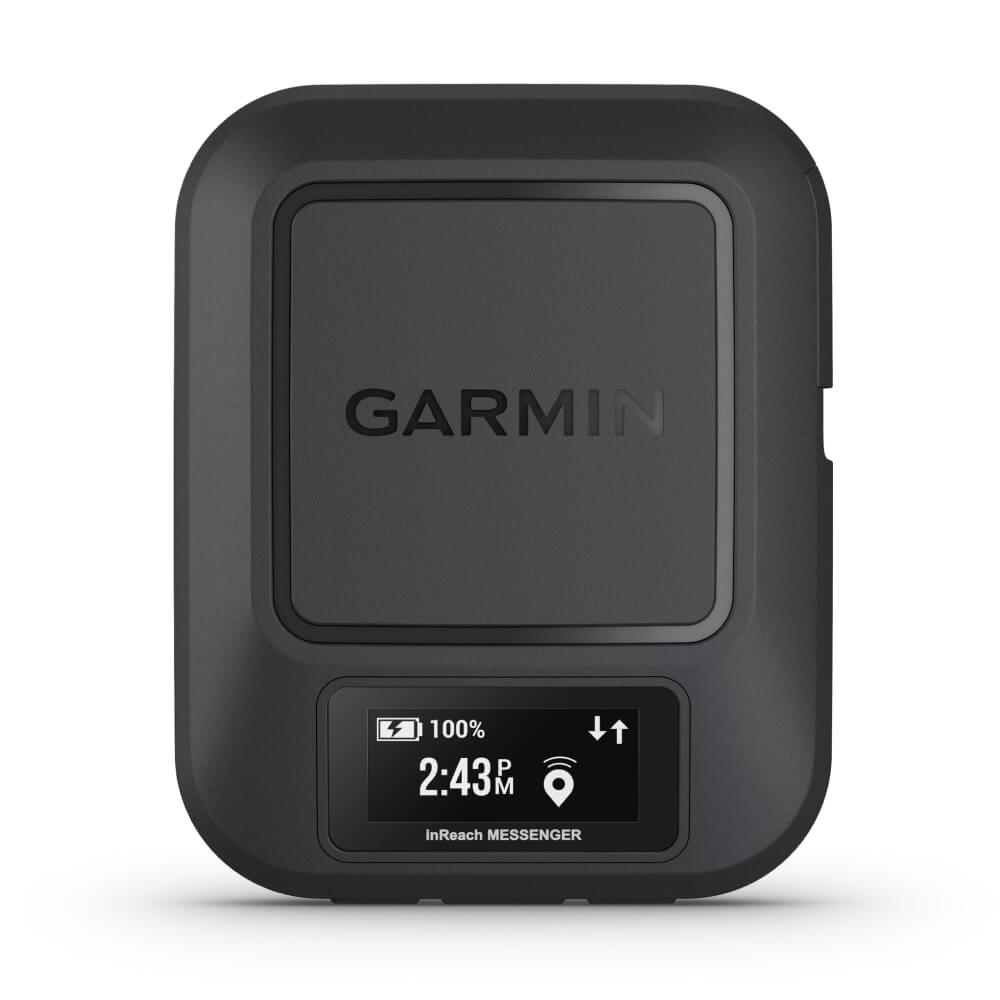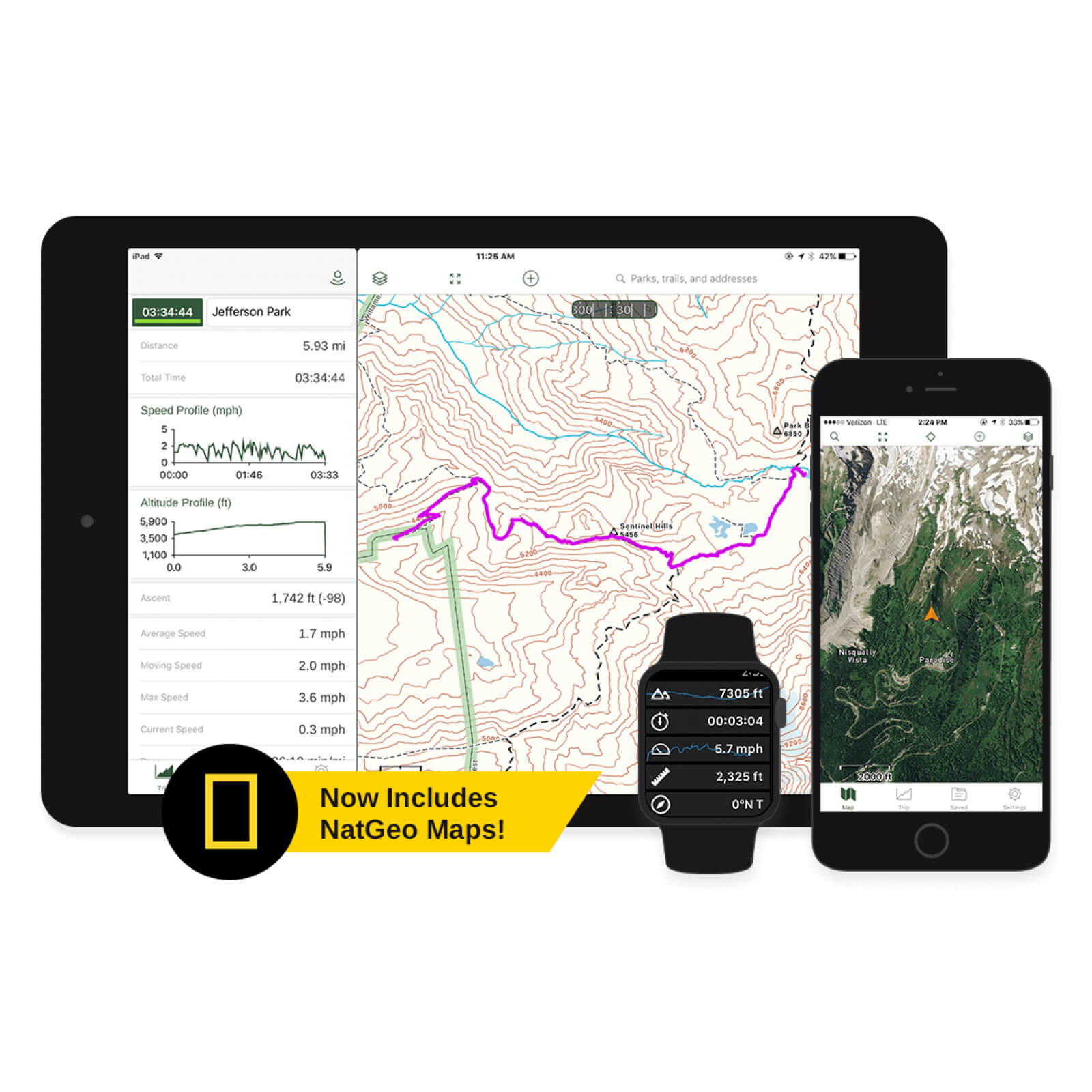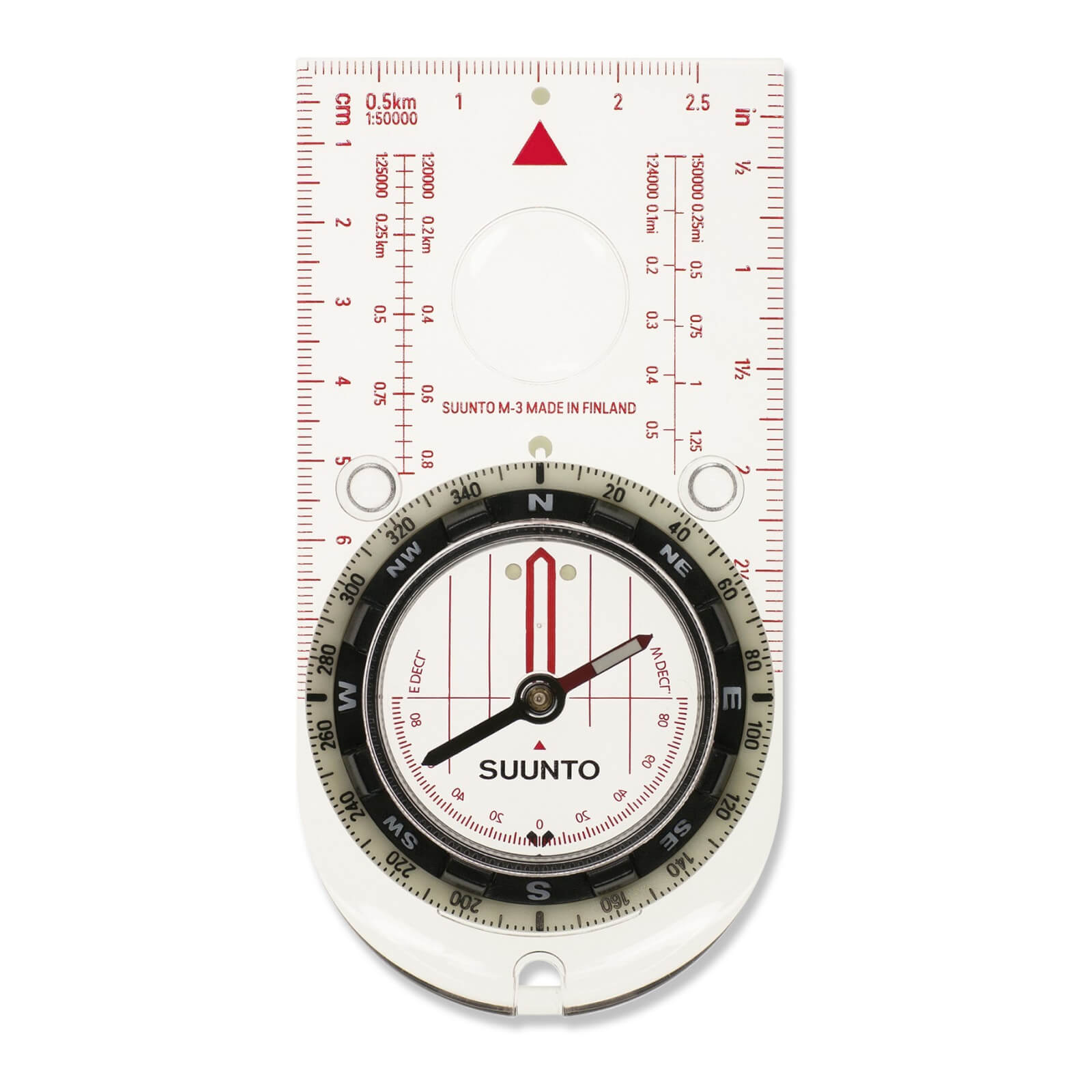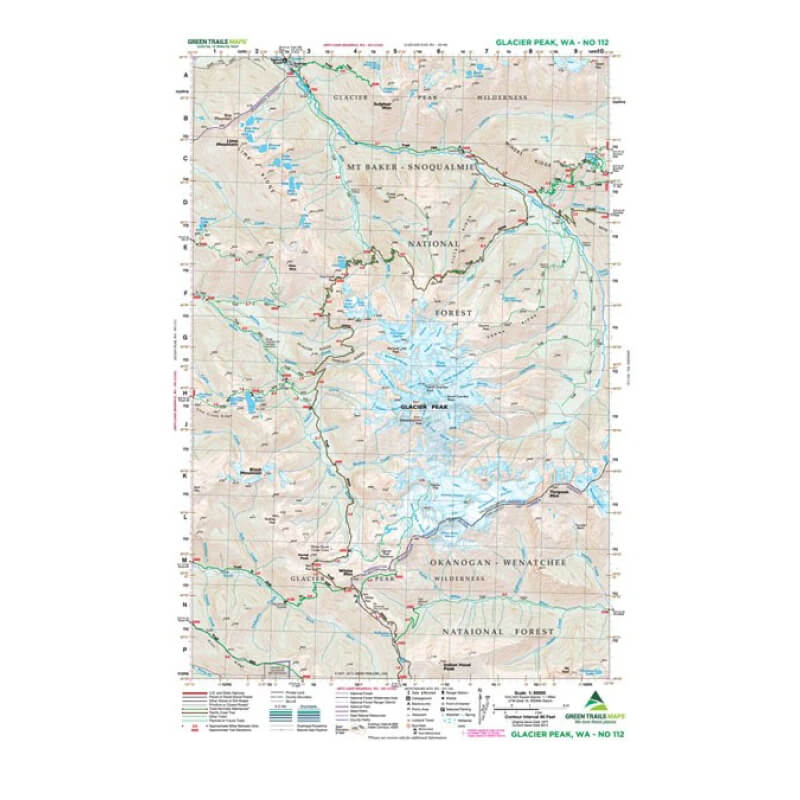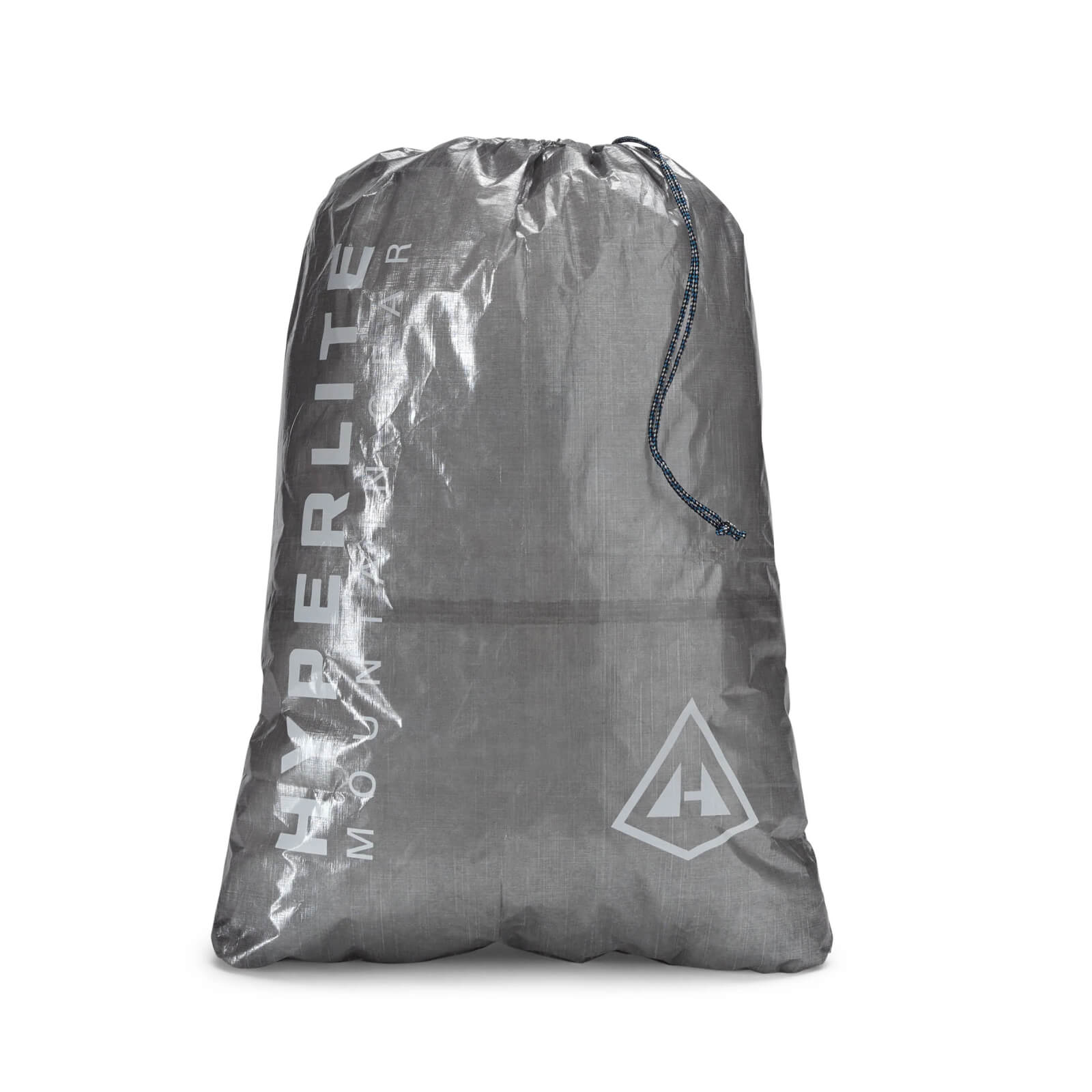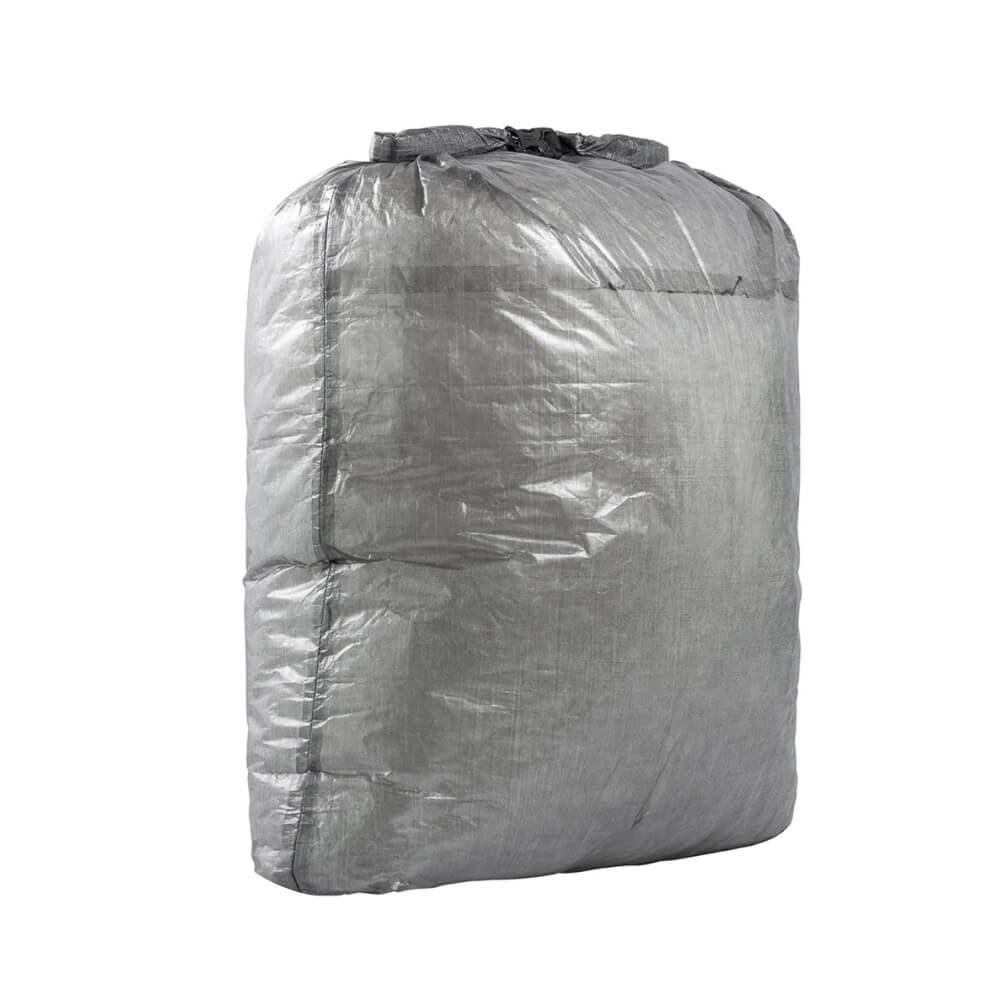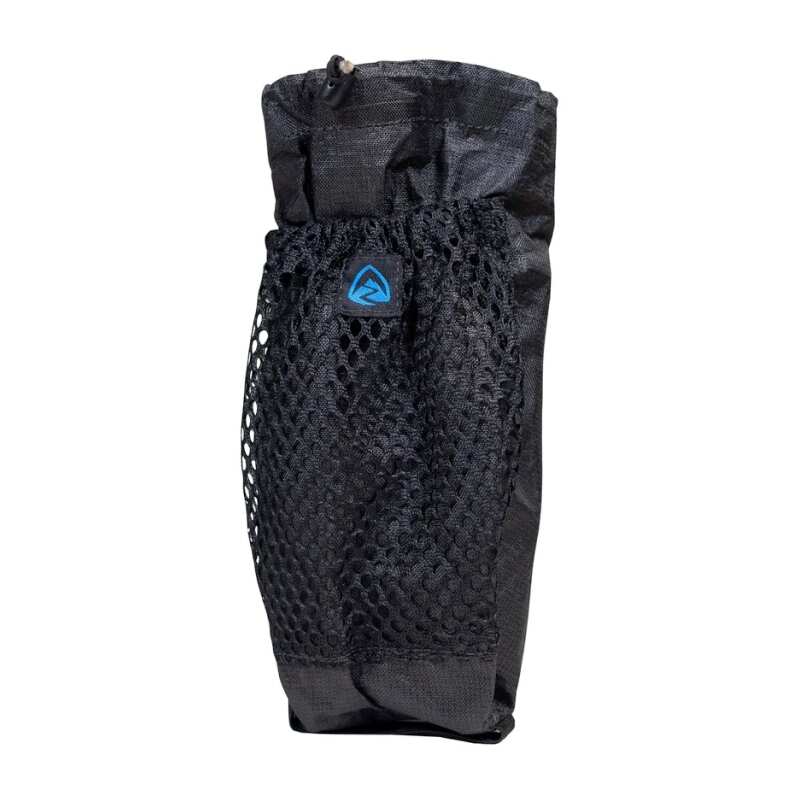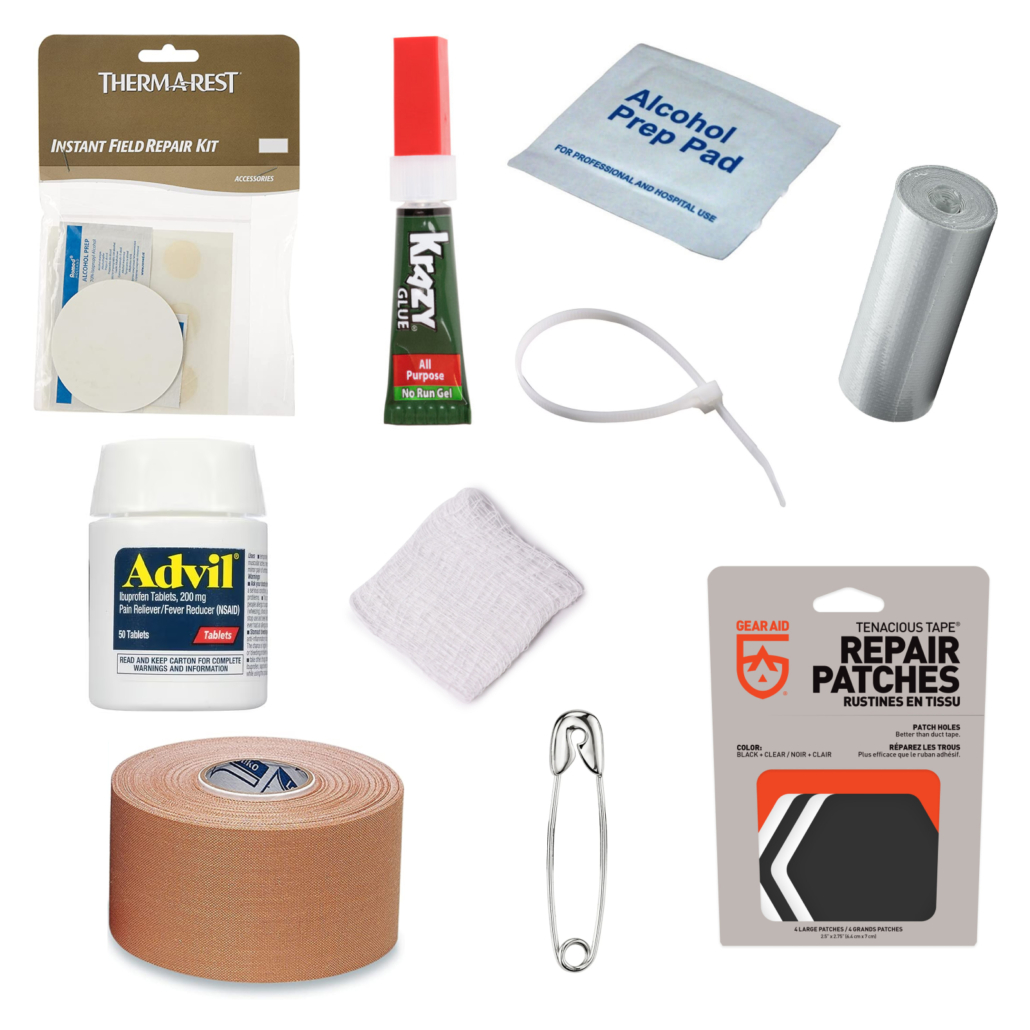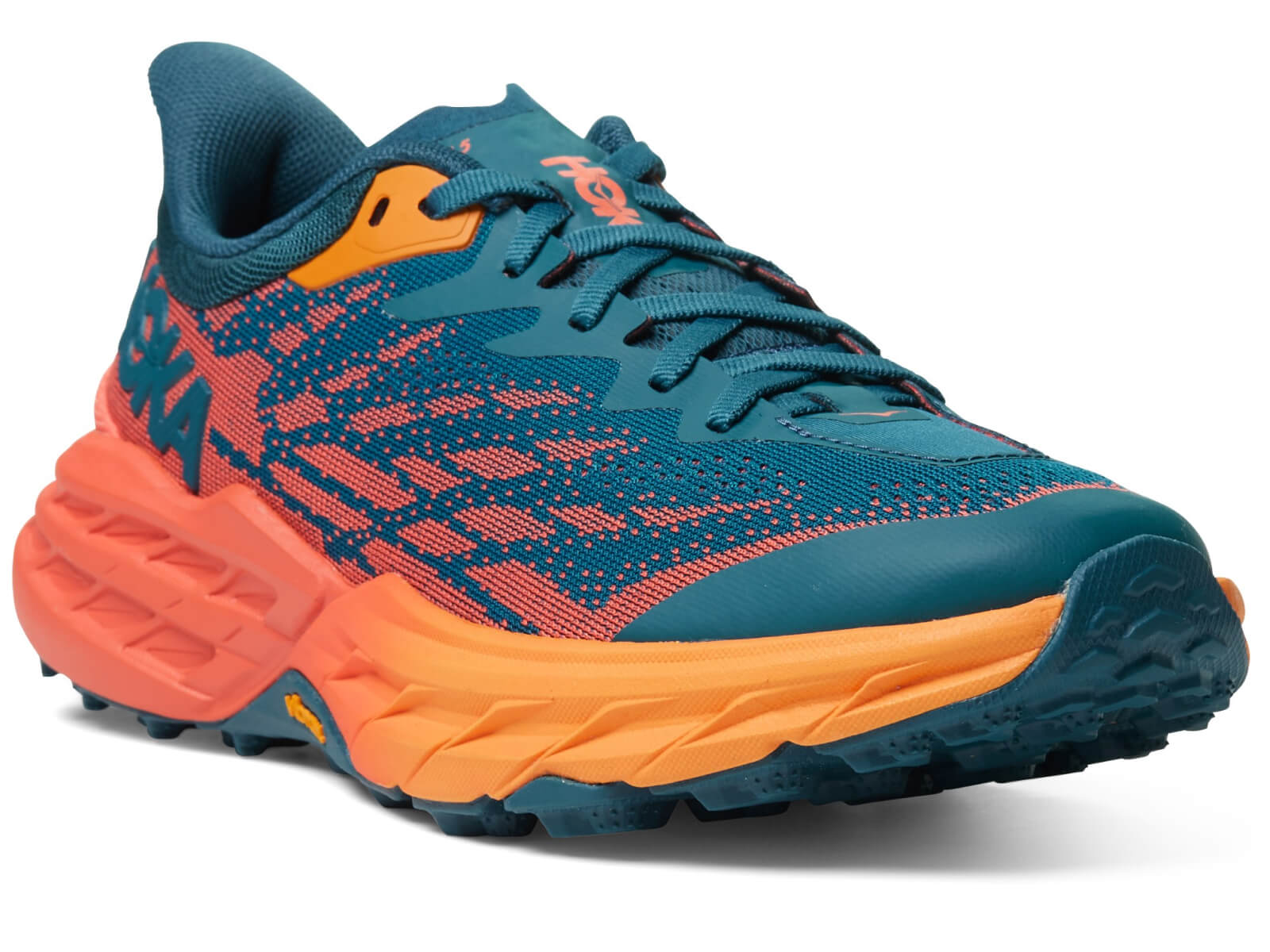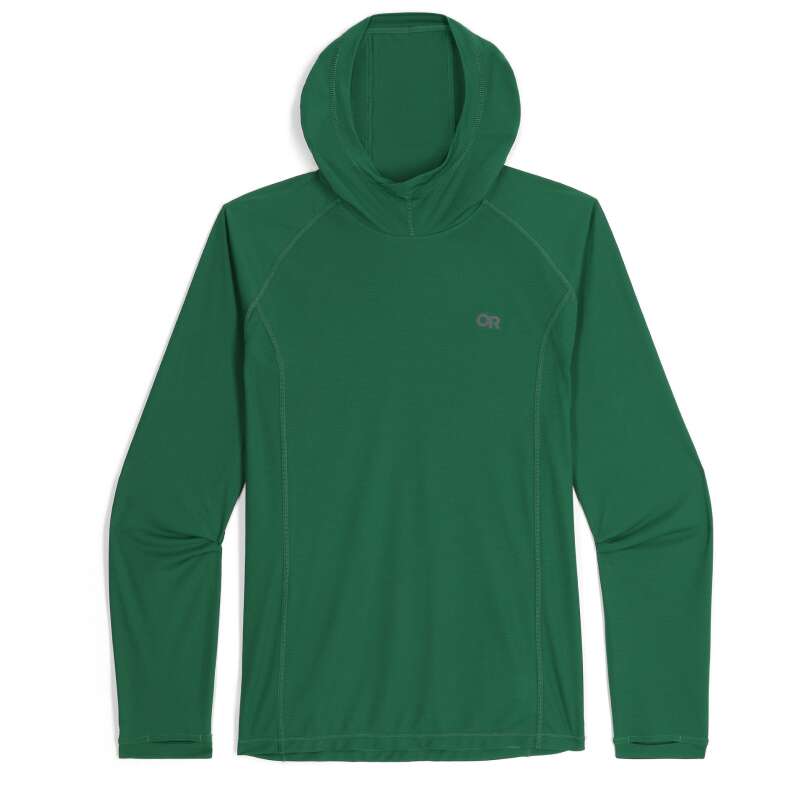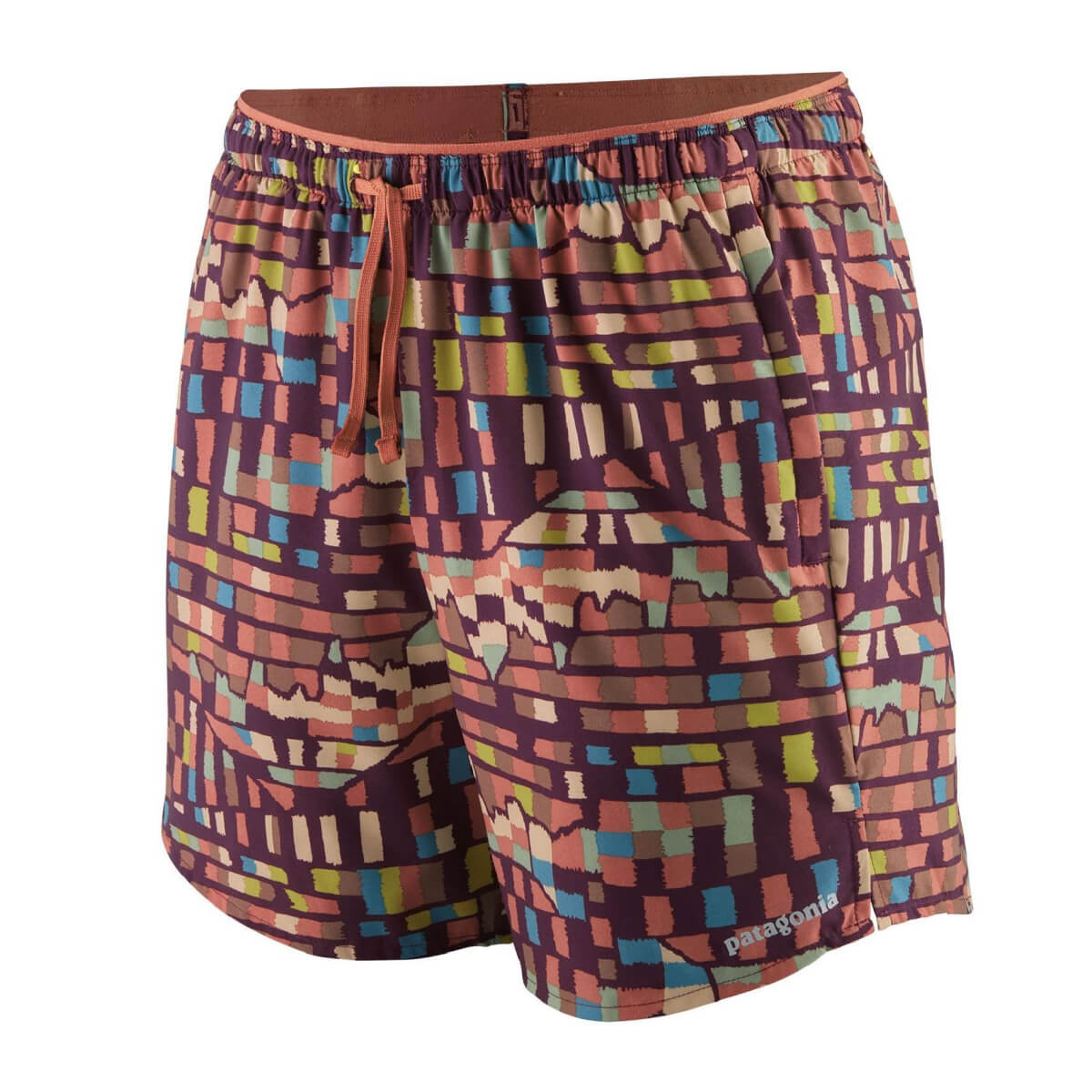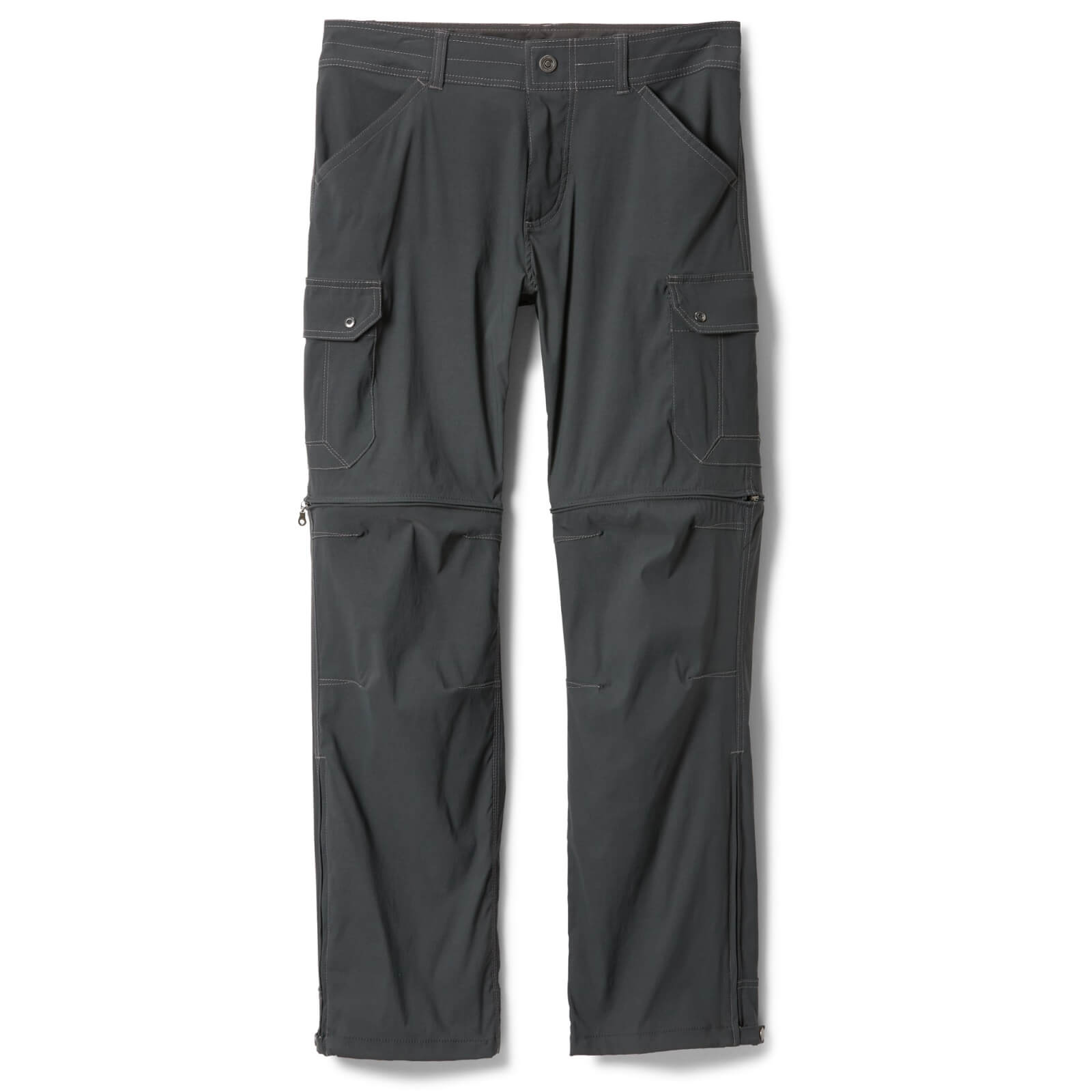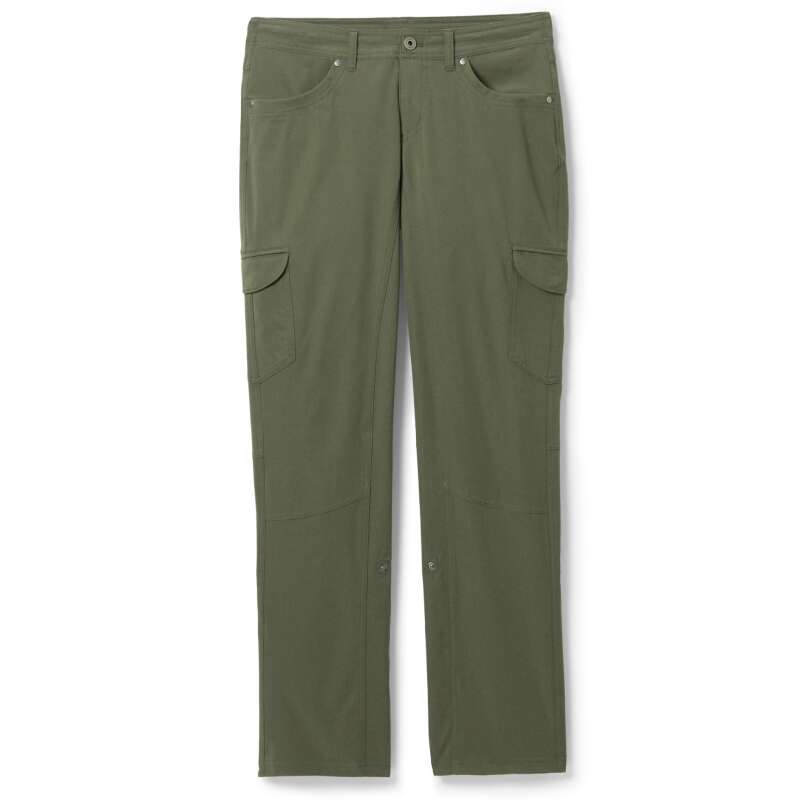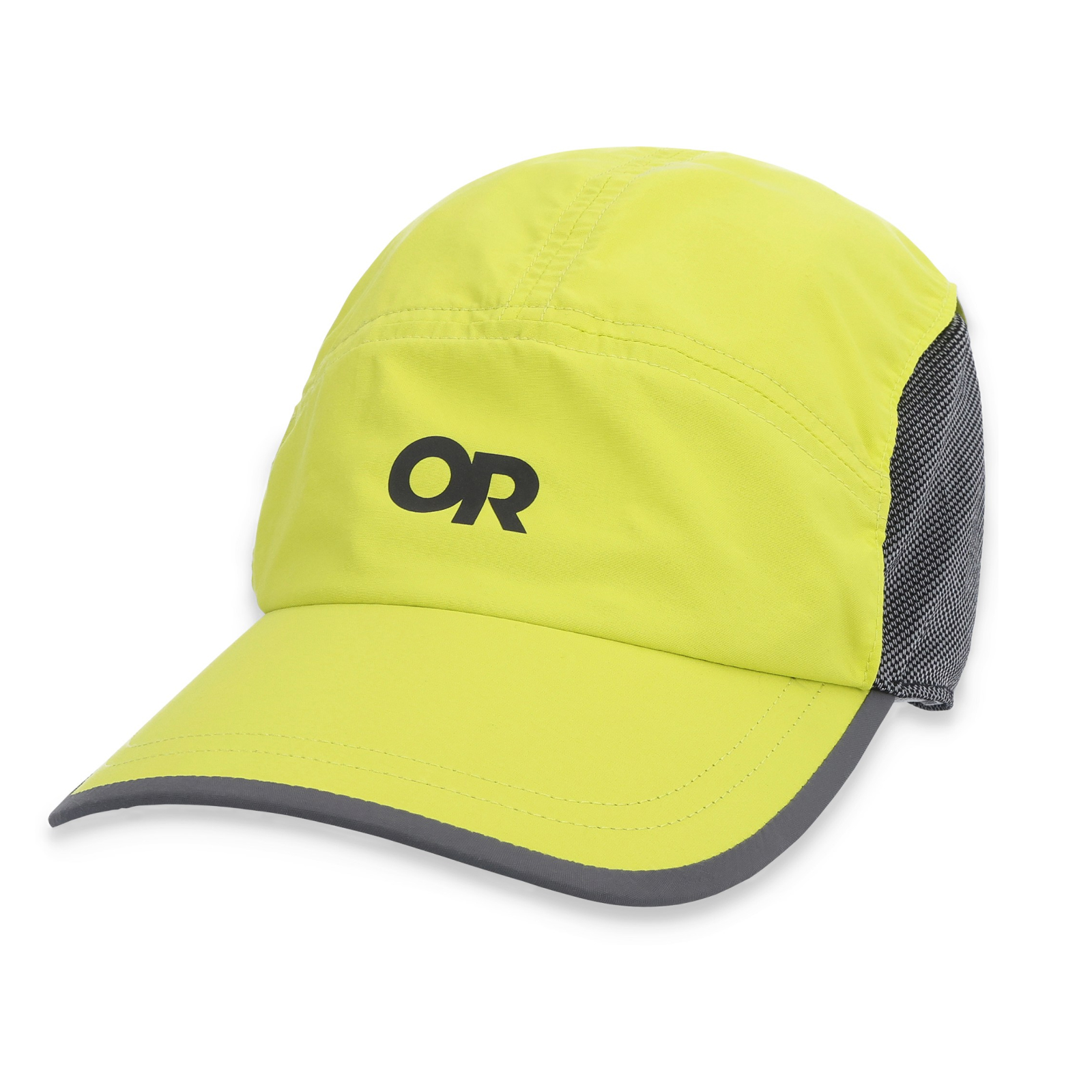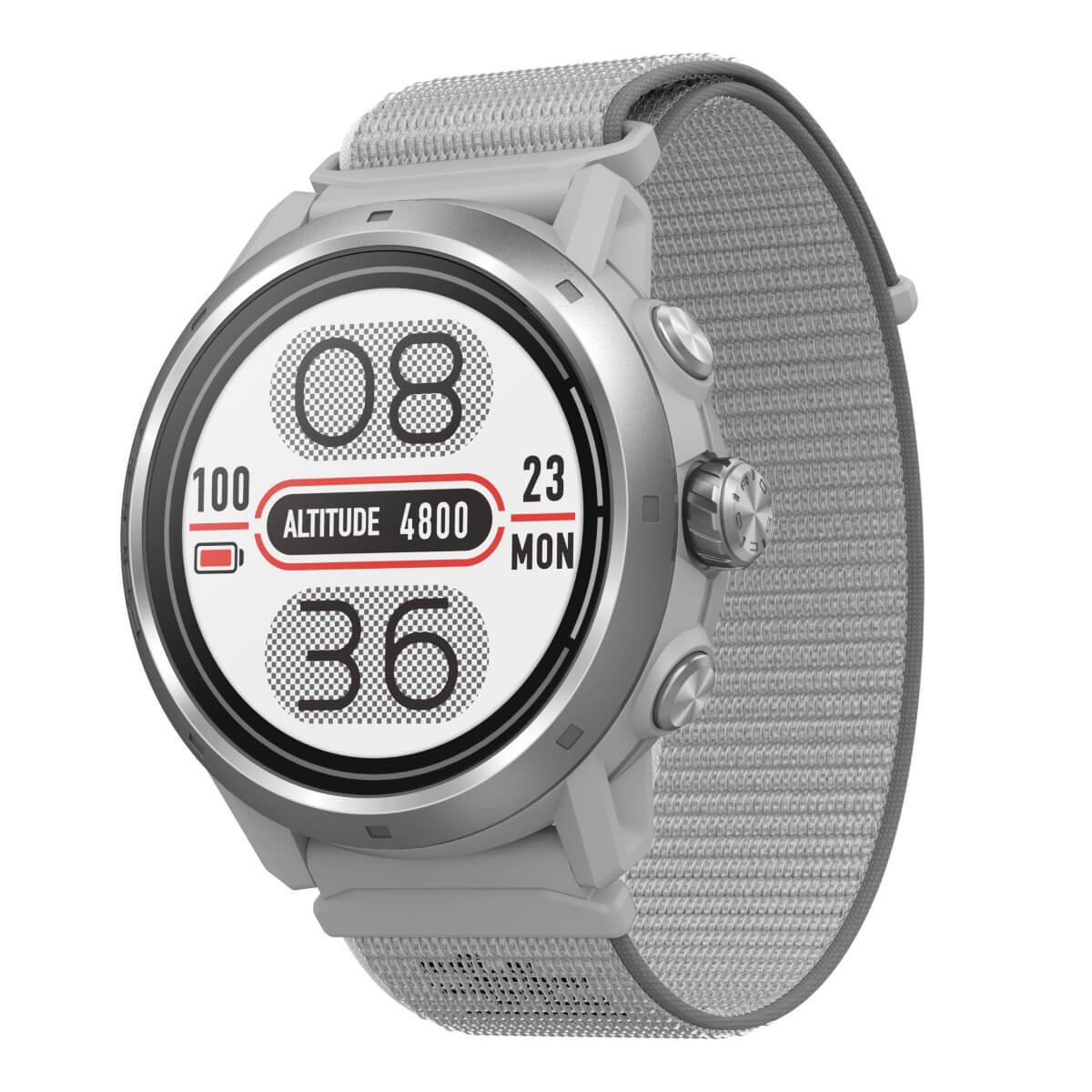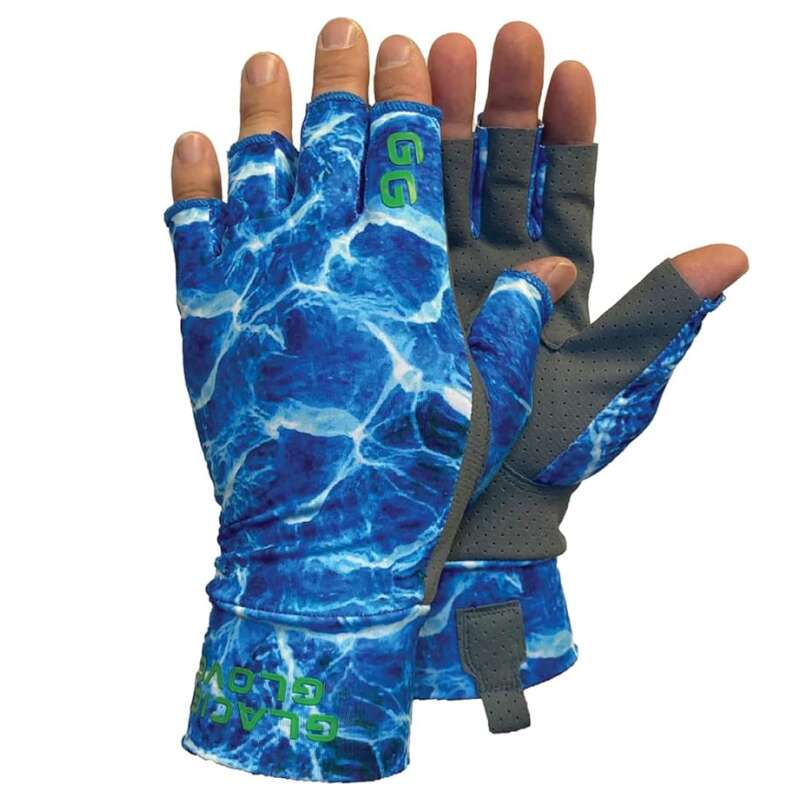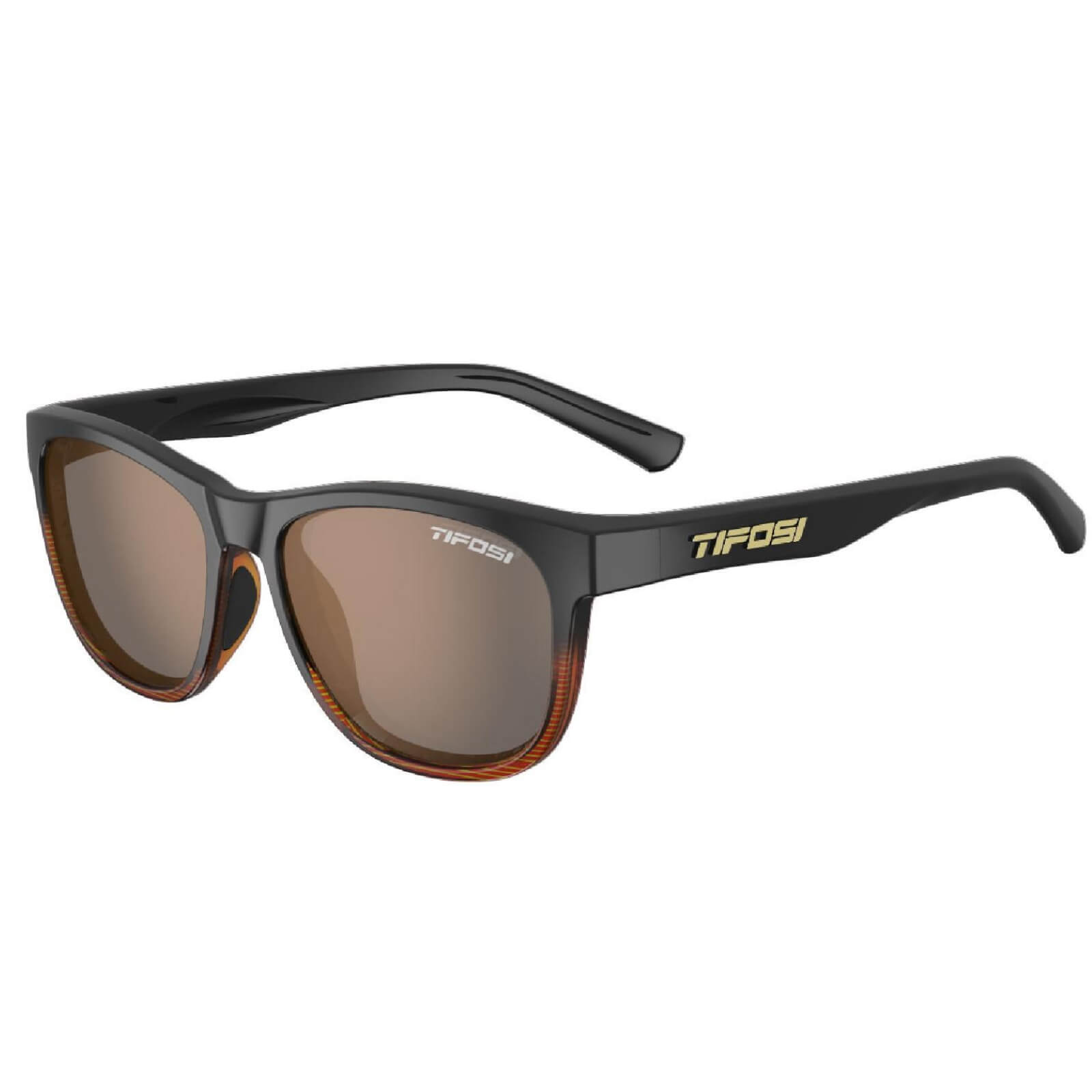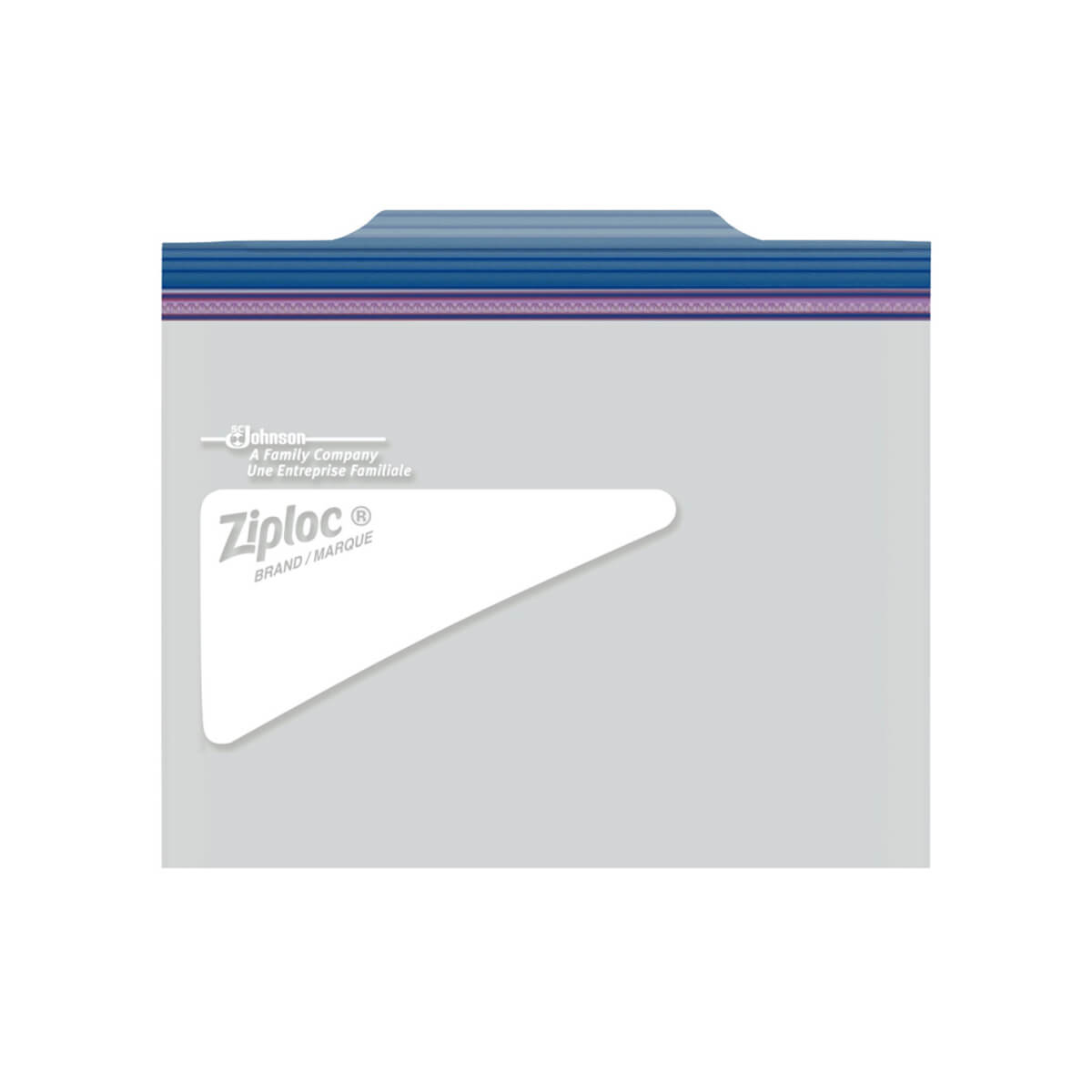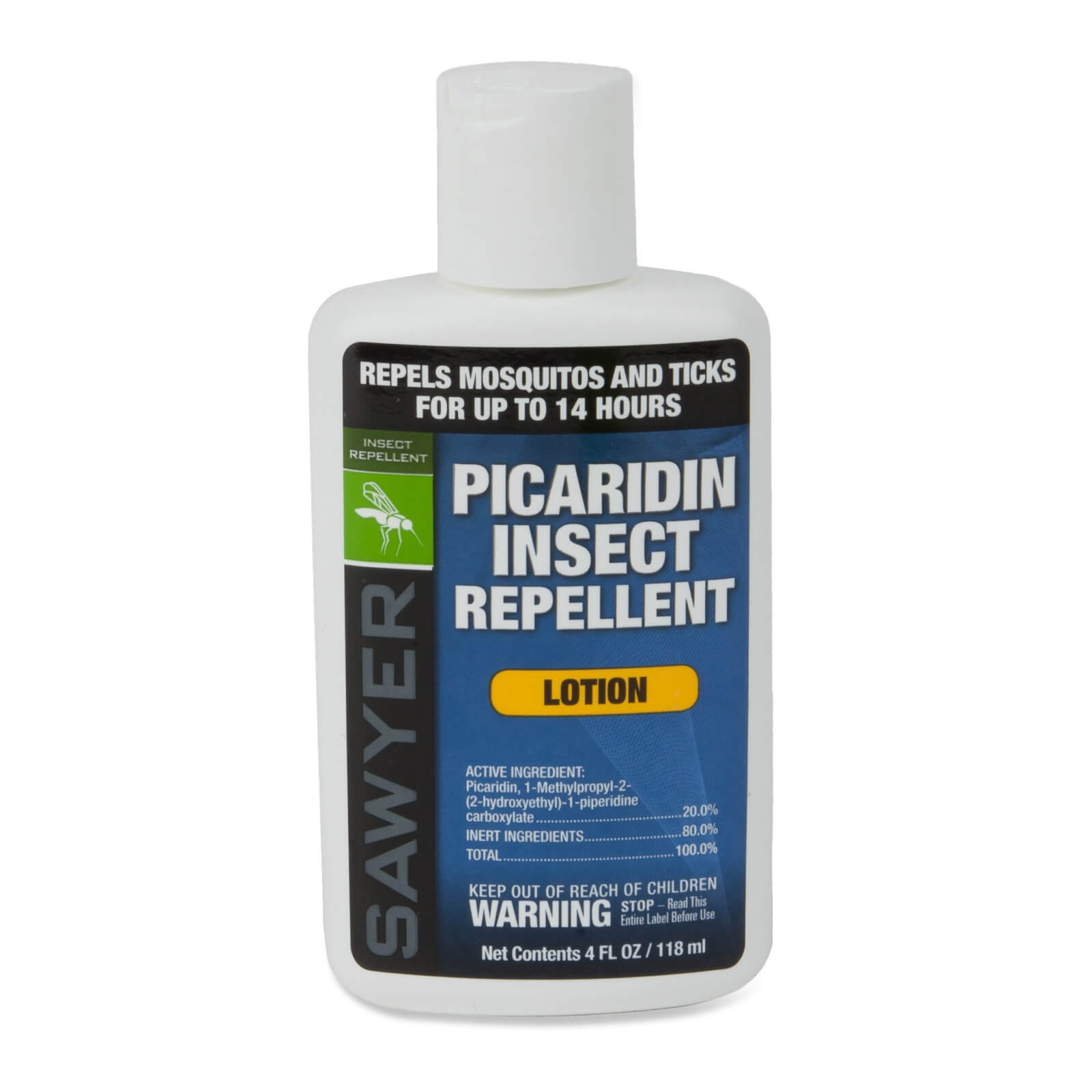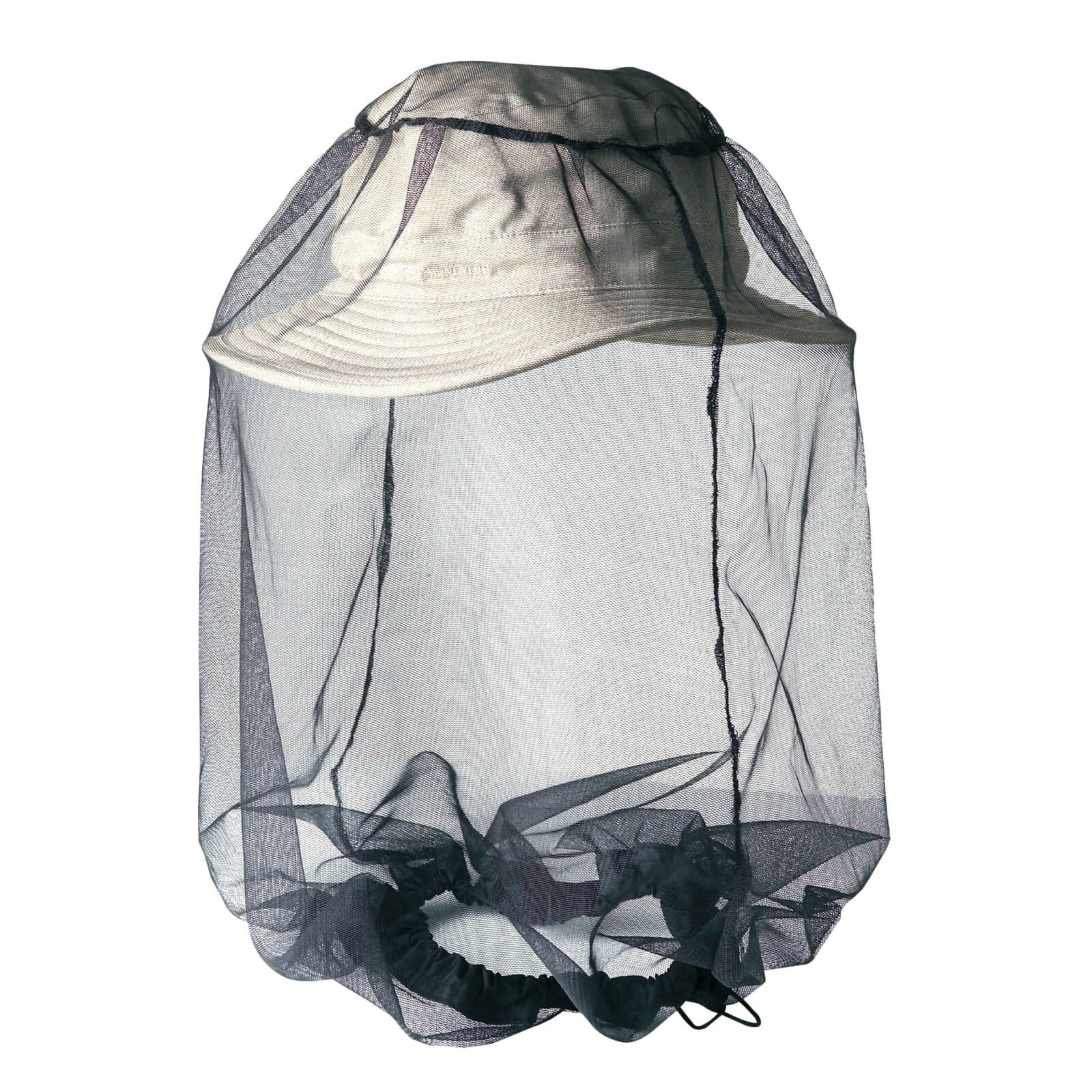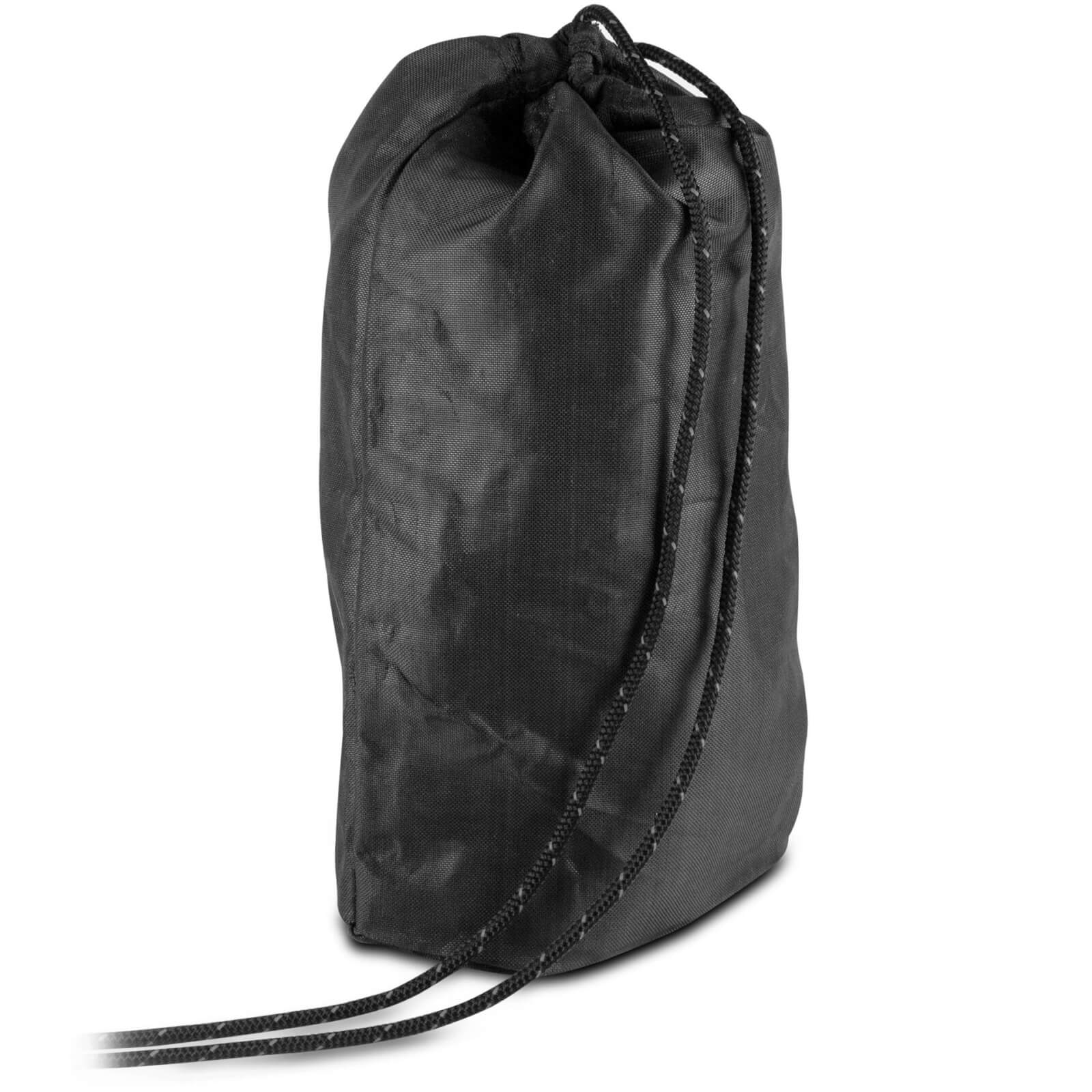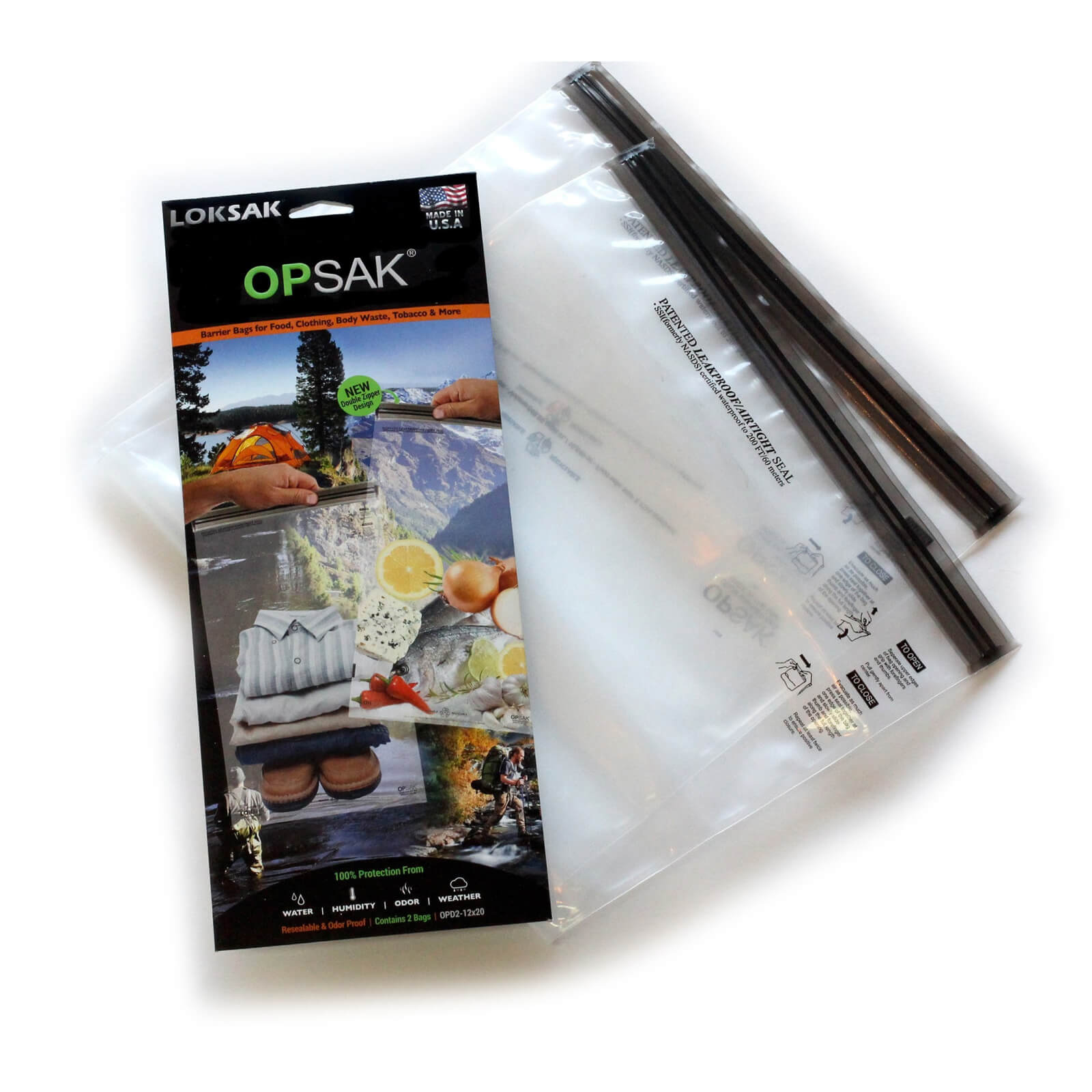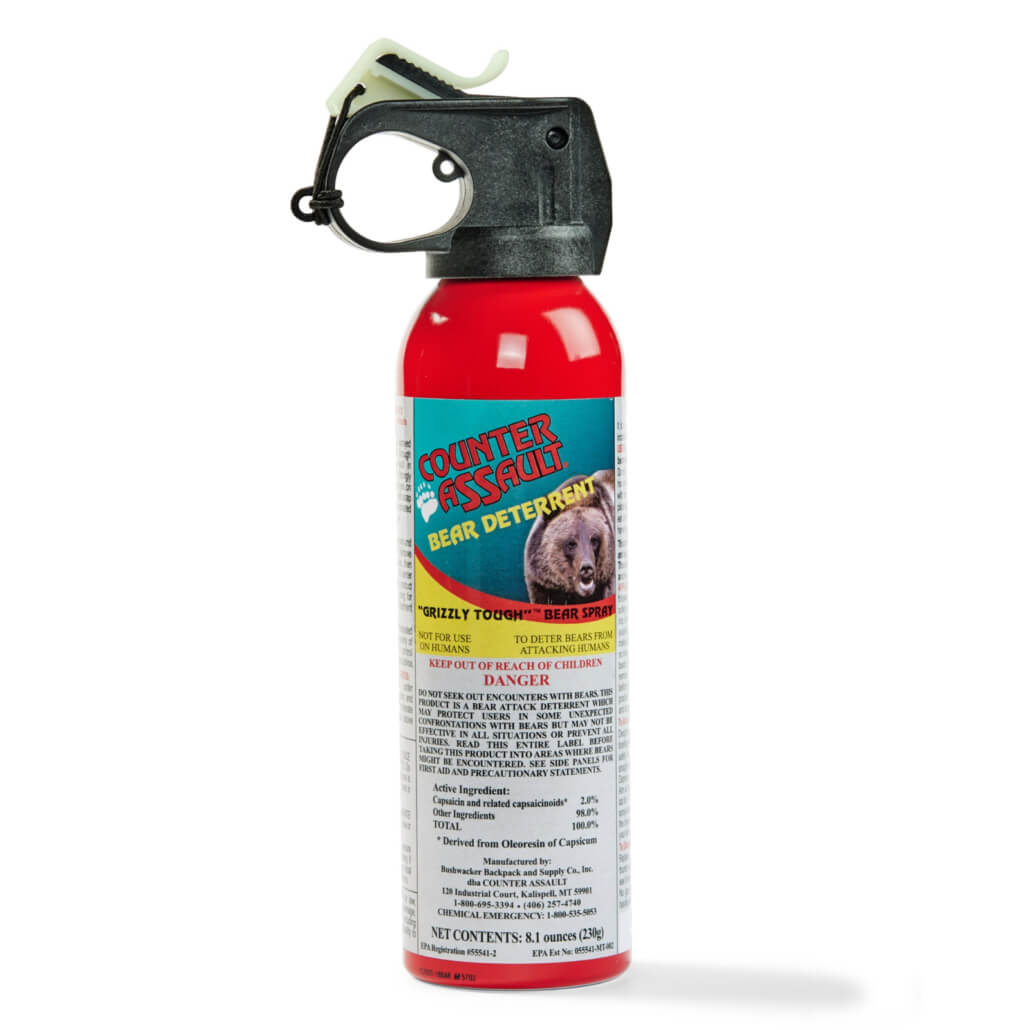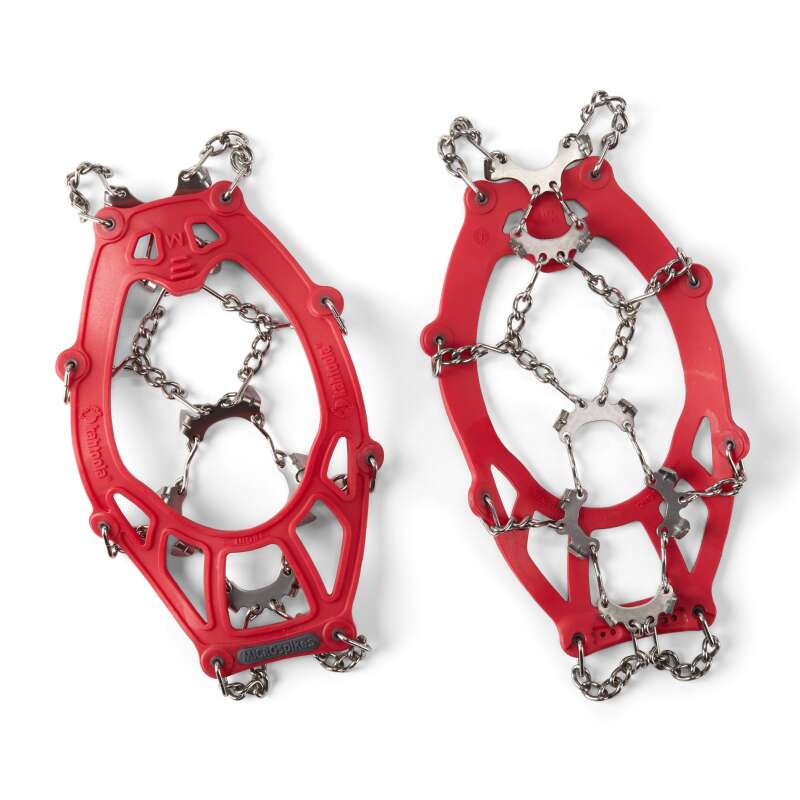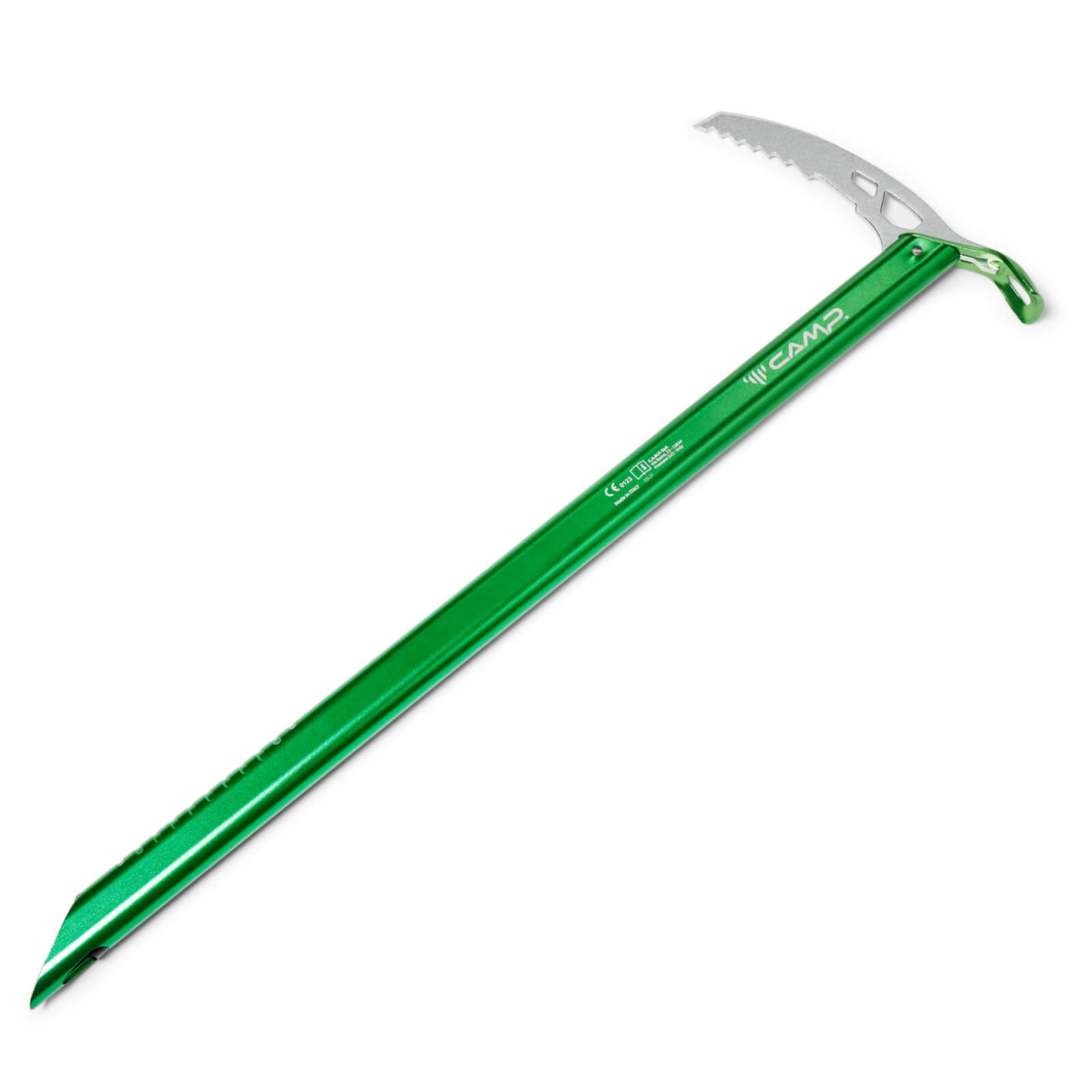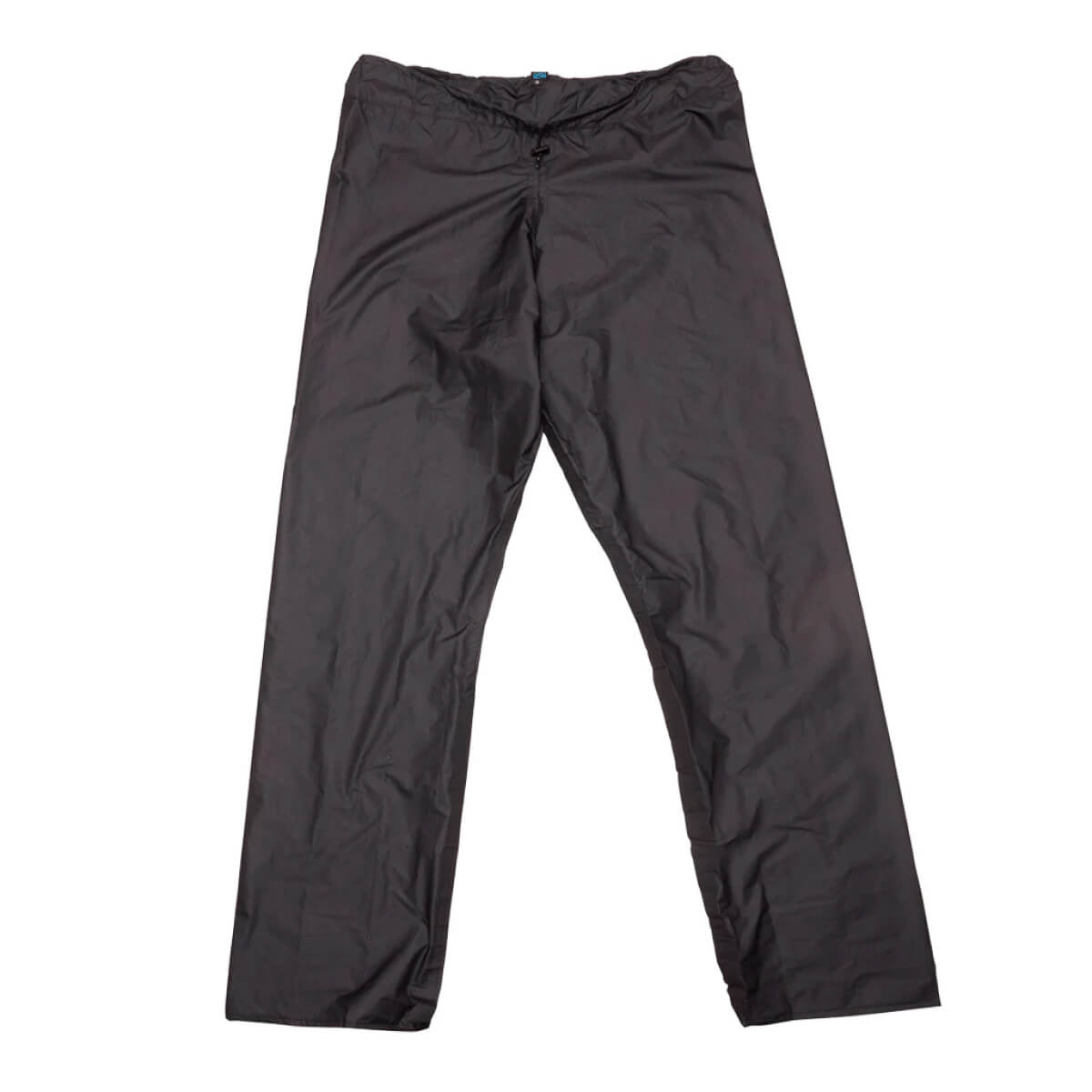Fastpacking Gear List Super Ultralight 2024
Last Updated: April 18, 2024
Adventure Alan’s Super Ultralight Fastpacking Gear List
For challenging, high-mileage adventures, we recommend the following 6 pound super ultralight fastpacking gear list. This kit is grounded in decades of super ultralight experience, and has been optimized for practicality, functionality, and minimalism. You’ll hike faster and farther with a purpose-driven 6 lb super ultralight kit, and without sacrificing warmth, comfort, or functionality.
The total base weight of this fastpacking gear list is just over 6 pounds. This was formerly a 5 pound fastpacking gear list, but the addition of one extra pound massively increased comfort and functionality. We prioritize user-friendly, three-season-compatible gear. This is not a hypothetical exercise in carrying the least amount of weight possible. This is what we actually want to use, and we feel safe and comfortable in doing so. Jump ahead ahead to view the list in table format.
Super Ultralight Benefits & How to Achieve Them
The benefits of super ultralight fastpacking are many. With less weight to carry, you will hike faster and more efficiently. It mimics being in phenomenally good endurance shape. Your backpack itself will feel less cluttered, easier to pack, and more comfortable on your shoulders. Super ultralight fastpacking allows you to experience more joy and less discomfort.
But to achieve this requires a paradigm shift. It means sacrificing all non-critical luxuries in exchange for the luxury of how good it feels to hike with super ultralight gear. For more super ultralight fastpacking gear tips and tricks, read about ultralight techniques, or get the scoop on Alan’s infamous 102 mile, 3-day AT section hike with a total pack weight of 10 lbs (including food).
Shop for more backpacks in our guide to the best fastpacking packs. Want to save weight without cutting all of the luxuries? Check out our 9lb full comfort ultralight gear list.
You make Adventure Alan & Co possible. When purchasing through links on our site, we may earn an affiliate commission at no additional cost to you. Here’s why you can trust us.
Zpacks Nero Ultra 38 Backpack
Zpacks Nero Ultra 38L Backpack
10.2 | $249
Zpacks Nero Ultra 38 is the perfect vessel for carrying a super ultralight kit. Constructed with waterproof and tough-as-nails Challenge Ultra fabric, the base pack is frameless, hipbelt-less, and weighs only 10.2 oz when fully stripped down. Yet it is still very comfortable and well-featured with 2.75″ wide shoulder straps, a foam sit pad back panel, and a full-sized set of side and rear external pockets. This fastpacking pack has proven very effective for us in managing base weights under ten pounds.
Enlightened Equipment Enigma 30
Enlightened Equipment Enigma 30
15.4 oz | $400
Quilts are the most effective way to sleep in the backcountry, and the Enlightened Equipment Enigma 30 with 950 fill power down and 7d nylon is the single best tool for minimizing total weight while maximizing warmth-to-weight. It is our pick for best quilt to use in a super ultralight fastpacking kit. The innovative U-shaped continuous baffle help prevent cold spots. A-grade materials, and a flawless minimalist design make this a near perfect quilt.
Therm-a-Rest NeoAir XLite NXT Sleeping Pad
Therm-a-Rest NeoAir XLite NXT Sleeping Pad
13 oz | $210
Building on excellence, the new for 2023 Therm-a-Rest NeoAir XLite NXT (shop now) delivers a higher R-Value (4.5 vs 4.2), an extra half inch of thickness (3″ vs 2.5″), and a quieter and less crinkly user-experience. The stats show this is the highest performance sleeping pad on the market. Until proven otherwise, the NXT is now our go-to sleeping pad. Consider saving an ounce by switching to the short, 66 oz length! Read more in our full-length Therm-a-Rest NeoAir XLite NXT Review.
Zpacks Plex Solo Lite
11.8 oz | $599
The Zpacks Plex Solo Lite is the lightest fully enclosed tent in the world! At its core, this is a single apex trekking pole shelter made with DCF. It is the exact same chassis as the original Plex Solo, but saves 2.1 oz ounces by utilizing a thinner floor material (DCF .75, down from DCF 1.0), and narrower guy line cordage (1.3mm, down from 2.0mm). The downsides to this type of type are its sloping sidewalls, but the total area and vestibule are great.
Teragon Gear Pioneer Stake
0.18 oz | $20
The Teragon Gear Pioneer Stake, made of 3D printed titanium, has been an outright terrific piece of ultralight gear. These Norwegian tent stakes represent overdue innovation in a category that has, until recently, been stagnant. They are likely the best performance option on the market, the lightest weight, and almost certainly the most expensive. The 3D-printing process allows for a narrow neck with a structurally reinforced head connection. This is the best of both worlds, because it hold guylines perfectly without bending or snapping.
Zpacks Goose Down Jacket
Zpacks Goose Down Jacket
6.8 oz | $399
The Zpacks Goose Down Jacket blows the hubcaps off competitors like the Mountain Hardwear Ghost Whisperer. In particular, it’s almost two times warmer for the weight. This is because it’s filled with top-tier 950 fill power down (and more of it) vs mid-tier 800 fill. And they didn’t skimp on features either. The Zpacks Goose Down Jacket still has a drawcord hood, two pockets, full front zipper, and drawcord hem to seal out drafts. It isn’t exactly cheap, but it’s still a great performance to value ratio costing only marginally more than Ghost Whisperer. Read more in our full-length Zpacks Goose Down Jacket Review.
Alpha Direct Hoodie
~5.0 oz | ~$100
A hoodie made with Polartec AD fleece is lighter weight, has a higher warmth-to-weight ratio, higher breathable, less water absorption, and a faster dry time than any competing alternative. However, it is also far less durable than average and has zero wind resistance. But they’re basically perfect for fastpacking and super ultralight backpacking. Use it respectfully and pair with a UL windbreaker or breathable rain shell for maximum modularity, versatility, and surprising warmth. Read more in our guide to the Best Alpha Direct Hoodies.
Zpacks Vertice Rain Jacket
5.6 oz | $299
The Zpacks Vertice Rain Jacket is the best and most breathable super ultralight hard shell, and it blows mainstream outdoor brands out of the water in terms of pure performance. The Vertice membrane comes with a whopping 56k breathability rating (Gore-Tex is rated to 17k). And despite that, it maintains a waterproof rating of 20k – only a bit lower than most Gore-Tex. The Vertice even has pitzips, a remarkable feature-add, considering it weighs so little! Perfect for fastpacking!
Paka Performance Socks
1.7 | $24
For the ultimate blend of comfort and functionality, pull on a pair of Paka Performance 3/4 Crew socks, our editor’s choice award winning model for hiking socks. They have all of the right features, and are made with a dreamy blend of alpaca wool, Tencel, recycled nylon, and spandex that keep your feet comfortable, thermo-regulated, dry, blister-free, and less smelly, all day long. We’re even prepared to say that alpaca wool is superior to merino.
Zpacks Brushtail Possum Gloves
1.0 oz | $30
The Zpacks Brushtail Possum Gloves are made with a wide array of fibers to extract the performance benefits of each. The brushtail possum is an invasive species in New Zealand, and it’s hair has a hollow core for increased warmth and quickened dry time. The possum is blended with merino for softness, and nylon for durability, among other ingredients. The gloves themselves are lightweight, highly dexterous, and a bit thinner than average.
MSR Pocket Rocket Deluxe
2.9 oz | $85
The MSR Pocket Rocket Deluxe is one of the two best stoves money can buy, and our editor’s choice award winner. It features a cupped head for wind resistance, pressure regulation for use in cold and with near-empty canisters, a built in ignitor, fold out arms with good balance, and high BTU output for quick boil times. Combine PRD with a heat exchanger pot to assemble a SuperStove system.
Firemaple Petrel
5.7 oz | $24
The new Firemaple Petrel Pot is exciting because it is one of, if not the first standalone heat exchanger pots with built-in stove arm notches. The HX improves stove boil time and fuel economy by trapping heat and blocking wind. It features a superb Tritan plastic lid, with a flip up lid-locking handle. Petrel actually holds 800ml, but 600ml to the conservative fill line. It is one of the very best pots on the market for solo use, and likely the single most compact, held back only by its slightly-too-narrow-to-be-optimal diameter.
Vargo titanium 450 Travel Mug
2.2 oz | $30
While all of the titanium single wall mugs are quite similar, the Vargo Titanium 450 Travel is technically the lightest weight, and the second least expensive. While both are by only a small margin, so are all of the differences in this class of gear. Nice one, Vargo!
Sea to Summit Frontier Spoon
2.1 oz | $40
At just 0.4 ounces, the Sea to Summit Frontier is the lightest long handle spoon we found, and replaces the beloved Alpha Light Spoon in S2S’s lineup. Long enough to easily reach into freeze dried meal bags, strong enough to last for ages.
Katadyn BeFree Water Filter
2.1 oz | $40
Squeeze-based water filters are where it’s at, and Katadyn BeFree has the best flow and the most usable shape. Critically, the .6L size can be front-shoulder-strap mounted, which is the fastest and most efficient option for drinking from water sources as you pass by. It’s lighter and more compact than Sawyer Squeeze and MSR QuickDraw, albeit slightly less durable.
Outdoor Vitals Shoulder Strap Pocket
0.8 oz | $19
The Outdoor Vitals Shoulder Strap Pocket is our preferred holster for storing a .6L Katadyn BeFree water filter, and the two work in perfect synchronicity for a drink-from-the-source-as-you-go hydration strategy with the least possible amount of effort. This system is particularly ideal for people with inflexible shoulders who cannot reach back into their side pockets.
Pair of 1L Smartwater Bottles
Pair of 1L Smartwater Bottles
2.4 oz | $2 each
Ditch those heavy Nalgenes for a significantly lighter water storage unit. We prefer to use 1L Smartwater bottles. Incredibly durable for a “single use product,” this thru hiker favorite fits the Sawyer filter and can last an entire season of backpacking or longer. Also works for storing on a shoulder holster, and slides in and out of side pockets better than wide bottles.
Bic Mini Lighter
0.4 oz | $2
Smaller lighters save weight, and are just as good at lighting stoves. The Bic Mini has been with us for decades and is always reliable.
Gerber LST Ultralight Knife
Gerber LST Ultralight Knife
0.6 oz | $26
With an impeccably sharp 2” blade and weighing a scant 1.2 oz, this Gerber Knife is great for basic backcountry food prep and general-purpose cutting; a perfect piece of ultralight backpacking gear.
Zpacks Ultralight Travel Toothbrush
Zpacks Ultralight Travel Toothbrush
0.5 oz | $3
Our friends at Zpacks sell a wide variety of ultralight gear, and we’re glad to find they also stock toothbrushes so you don’t have to visit four pharmacies until you find a sufficiently lightweight travel brush. The Zpacks Ultralight Travel Toothbrush comes with a mini toothpaste tube as well, but without that, the kit with case weighs only half an ounce. It’s a bit finicky to be honest, but still perfectly functional and helps keep weight down.
Nitecore NU25 UL 400 Headlamp
1.6 oz | $37
If you don’t have a rechargeable headlamp yet, now is the time to upgrade. The Nitecore NU25 UL 400 Headlamp is our go-to for super ultralight fastpacking endeavors. But it works just as well as for short backpacks and as an emergency light for a day hiking kit. NU25 has a good battery, basic controls including locking, red or white light, different levels of brightness, and can generate up to 400 lumens of light. The two thin straps are marginally less comfortable than a wider one.
Garmin inReach Messenger
4.0 oz | $300
Garmin inReach Messenger is the latest contender in the satellite communicator genre, and offers best-in-class battery life, signal receptivity, and nearly all of the most desirable features for just $300 and four ounces. As such, it takes our top slot award, narrowly beating out ZOLEO and inReach Mini 2.
Gaia GPS App
Gaia GPS App
0 oz | $40
Available on iPhone or Android, Gaia GPS offers a Google Maps-like experience but pinpoints you on topographic maps with trails and routing. No cell service or internet is required, so long as you download the maps in advance. It’s much lighter, more affordable, and user-friendly than dedicated GPS units. Gaia GPS is our primary backcountry navigation tool, backed up by paper maps. And, if you subscribe to your first year of Gaia GPS by clicking the button below, they’ll give you 20% off! Considering that phone apps are weightless, we think this is some pretty great ultralight backpacking gear.
Suunto M-3D Compass
Suunto M-3 D Leader Compass
1.6 oz | $65
The Suunto M-3D is a simple and durable lightweight compass with all of the essential features, including declination adjustment. Should always carry along with paper maps as a backup to GPS.
Paper Topo Map
Paper Topo Map
.5 oz | Variable
A paper topo map is still important! We prefer printed topographic quadrangles at 1:24.000. Store in a Ziploc bag. High quality prints can be purchased on waterproof paper. You can also use online mapping software like Gaia GPS or CalTopo to print your maps freely. Nat Geo maps are nice, but heavy.
Hyperlite Mountain Gear Stuff Sack Pillow
Hyperlite Mountain Gear Stuff Sack Pillow
1.7 oz | $59
We love the 9L Hyperlite Mountain Gear Stuff Sack Pillow for dry gear storage and improving quality of sleep. A great 2-for-1 and an ideal piece of ultralight backpacking gear. Constructed with waterproof durable Dyneema, zipper access, and a reversible fleece interior lining for pillow-mode. It gives a lot of utility for 1.7 ounces. The large size fits a puffy better and is comfier to sleep on.
Hyperlite Mountain Gear Drawstring Stuff Sack
Hyperlite Mountain Gear Drawstring Stuff Sack
0.7 oz | $49
For storing frequently accessed items like sunscreen, bug head net, or extra socks, we recommend the Hyperlite Mountain Gear Drawstring Stuff Sacks in the 9L size, DCF11. They also make great food bags. These bags are constructed with waterproof, durable, ultralight Dyneema fabric and will outlast multiple generations of cheaper sil-nylon bags.
Zpacks Large Rectangular Dry Bag 14L
1.1 oz | $45
Compared to HMG, Zpacks Dry Bags are bit less expensive, a bit lighter weight (due to slightly smaller buckling hardware), come in a wider array of sizes in the small-to-medium capacity, but max out at 14L.
Zpacks Shoulder Pouch
.6 oz | $33
The Zpacks Should Pouch, made with ULTRA fabric plus a mesh outer, is the lightest in its genre, and achieves this with a cinch closure instead of a zipper.
Minimalist First Aid & Repair Kit
2.5 oz | $ Variable
For super ultralight fastpacking, we carry a minimalist first aid plus repair combo kit. First Aid: Leukotape, Ibuprofen, Tylenol, assorted bandages, Petpto Bismol, Immodium, caffeine, Benadryl, Neosporin, gauzes, latex gloves. Repair: duct tape, tenacious tape, Therm-a-Rest patch kit, alcohol wipes, safety pin, needle, zip tie, krazy glue
HOKA Speedgoat 5
10.3 oz | $155
Our staff pick trail runner! The HOKA Speedgoat 5 is technical, cushioned, very sturdy, and very very grippy, even on challenging terrain. This shoe is great for hiking long days thanks for the comfortable cushion and wide toe box. The average overall width of shoe keeps feet from sloshing about on sloped terrain and provides accurate, stable footfalls. Perfect for everything from casual day hiking to super ultralight fastpacking, and everything in between. Read more in our full-length HOKA Speedgoat 5 Review.
Paka Performance Socks
1.7 | $24
For the ultimate blend of comfort and functionality, pull on a pair of Paka Performance 3/4 Crew socks, our editor’s choice award winning model for hiking socks. They have all of the right features, and are made with a dreamy blend of alpaca wool, Tencel, recycled nylon, and spandex that keep your feet comfortable, thermo-regulated, dry, blister-free, and less smelly, all day long. We’re even prepared to say that alpaca wool is superior to merino.
Gossamer Gear LT5 Carbon Trekking Poles
Gossamer Gear LT5 Three Piece Carbon Trekking Poles
9.8 oz | $195
Weighing just 9.8 oz, Gossamer Gear LT5 are some of the most effective super ultralight trekking poles on the market. Carbon fiber is the best material for the job, and these feel fast and sturdy with a precise swing. They use as a twist-lock design to save weight. The padded wrist straps are comfy. LT5 are our preferred trekking poles for fastpacking.
Outdoor Research Echo Hoodie
Outdoor Research Echo Hoodie
5.2 oz | $75
For a majority of three season hiking, we recommend the Outdoor Research Echo Hoodie. This sun hoody is incredibly light, stretchy, comfortable, breathable, airy, quick drying, moisture wicking, and rated to UPF 15-20 (depending on color). This shirt does it all, and is perfect compliment to an ultralight backpacking gear kit. Pack a sun hoody and you’ll find that you will save weight carrying less sunscreen and also get less sun burns. We’ve worn this shirt around the world and are always impressed. What’s more, it’s built with eco-friendly recycled polyester!
Patagonia Multi Trails Shorts
4.0 oz | $79 M’s | $69 W’s
We love the wearing the Patagonia Multi Trails Shorts because they offer the best blend of stretch, comfort, breathability, and zippered pocket security. This is a great all-purpose pair of shorts that’s particularly good for hiking, but also great for trail running and athleisure. Pro tip – cut the liners out and use your preferred underwear. Read our full-length Patagonia Multi-Trails Shorts Review.
Kuhl Renegade Convertible Pants
15.2 oz | $109
There’s so much to like about the Men’s KUHL Renegade Convertible Pants. You want the best cargo pockets in the biz? Check. The most durable pants fabric for bushwhacking and scrambling? Check. Zip off lower legs to convert to shorts? Check. Add in a dash of stretch and a comfortable, roomy fit and these Renegades make for some of the best hiking pants imaginable. Our only knock is that they’re a bit heavier than average, but it’s not a huge deal since you wear them rather than carry them.
Kuhl Freeflex Roll-Up Pants
14 oz | $99
The Women’s KUHL Freeflex Roll-Up Pants offer spandex-free stretch, which doesn’t sag or bag. But more importantly, they have much sought-after dual cargo pockets on the thighs for handy storage of knickknacks like lip balm or a small tube of sunscreen. As the namesake implies, they have mid-calf snaps for converting into a capri. A functional and flattering design from KUHL. There’s no question as to why these pants get rave reviews.
Outdoor Research Swift Cap
Outdoor Research Swift Cap
2.5 oz | $30
A simple UPF 50 sun cap gets the job done best. The Outdoor Research Swift Cap is comprised of a lightweight, breathable mesh, with a 3-panel nylon layer on the crown to block the harshest UV. It also has a moisture wicking sweat band and adjustable at the back. We’ve worn this one all around the world.
COROS APEX 2 Pro
2.0 oz | $450
If you are serious about your outdoor adventuring and training, then the COROS APEX 2 Pro is the right watch for you. Over the past two years we’ve run this watch through the wringer, guiding in Alaska, mountaineering, nordic skiing, ocean kayak racing, trail running, mountain biking, etc. The verdict? This an exceptional performer in the field and our favorite outdoor smartwatch. In particular, its battery life blows the competition away with 200 hours of in-field GPS tracking. As such, it’s a perfect choice for those who play and train hard in the backcountry, especially for multiple days at a time. Read more in our full-length COROS APEX 2 Pro Review.
Glacier Gloves Ascension Bay Sun Gloves
1.7 oz | $22
The Glacier Gloves Ascension Bay are our editor’s choice best sun gloves for hiking as they’re the most durable, longest lasting, and least expensive pair in the round-up. The entire Adventure Alan & Co team prefers this model, and we recommend it very highly. It comes in a basic light gray colorway, as well as a cool water camo print with thru-hiker fashion appeal and fisherman functionality.
Tifosi Swank Sunglasses
Tifosi Swank Sunglasses
1.0 oz | $30
Backpacking is hard on shades. They tend to get scratched, lost, crushed, or otherwise damaged. That’s why we recommend a basic, functional, and more economical option like the Tifosi Swank Sunglasses. They look great and you can replace them without breaking the bank. But you may never have to as they polycarbonate lenses are shatterproof, 20x more impact resistant than glass, and provide 100% protection from UVA and UVB rays. The frames are similarly durable.
Ultralight Wallet
0.3 oz | $.25
For an ultralight, waterproof wallet, simply put your essential cards, keys, and a few bills into a ZipLoc bag. Freezer grade pint size is preferred for its durability and secure closure. Been using the same bag for two years now.
Sawyer Picaridin Insect Repellent
Sawyer Picaridin Insect Repellent
0.5 oz | $10
The efficacy of DEET without harsh chemicals. Sawyer Picardin Insect Repellent is our go-to skin protection against mosquitos and ticks. We prefer the lotion to the spray-on, which lasts 8-14 hours. And you don’t need to carry much, since you’re only applying once or twice per day. Buy the 4 oz container and decant half an ounce into an empty hand sanitizer bottle. That’s more than enough for an entire hiking season.
Sea To Summit Mosquito Head Net
Sea To Summit Mosquito Head Net
1.0 oz | $15 MSRP
Weighing only one oz and totally bug-proof, you barely notice the Sea to Summit Mosquito Head Net. Yet in early summer, it might be the hardest working piece of ultralight backpacking gear you carry. It’s comfy see through, and outperforms bug repellent sprays and lotions. We like the version treated with InsectShield permethrin to further ward off mosquitos. This is a must-bring in June and July in the mountains.
Ursack Major Bear Sack
Ursack Major Bear Sack 10L
7.6 oz | $90
Unless a canister is strictly required by land management, we always prefer the Ursack Major Bear Sack, now made with ballistic grade Spectra. It’s lightweight, comfy to carry, and does actually protect your food in the overwhelming majority of bear encounters. We recommend pairing it with the Loksak Opsac bag as a smell-proof, waterproof, liner system. When full, it holds about 4-5 day worth of food.
LOKSAK OPSAK Odor-Proof Barrier Bag 12×20
LOKSAK OPSAK 12×20
0.8 oz | $16 MSRP
Nesting perfectly in an Ursack Major Bear Bag, this giant, ultra-heavy-duty-Ziploc-style bag called LOKSAK OPSAK will keep your food dry when it rains, and prevent smells from escaping when properly closed. A necessary pairing to fully protect your food from the elements and animals. Each bag lasts 1-2 hiking seasons, depending on use.
Counter Assault Bear Deterrent Spray
Counter Assault Bear Deterrent
11 oz | $48
Much like first aid, bear spray is one piece of gear you never want to have to use. Counter Assault Bear Deterrent has been the gold standard in scaring off curious ursine for decades now, and we trust this product. The lock mechanism is very secure.
Kahtoola MICROspikes
Kahtoola MICROspikes
11 oz | $75
Often copied but never equaled, the Kahtoola MICROspikes are the go-to option for walking on steep snowy and icy terrain. They have incredible traction, last forever, and are the preferred option of PCT thru hikers in the Sierra Nevada mountains during high snow years.
C.A.M.P. Corsa Ice Axe
C.A.M.P. Corsa Ice Axe
7.1 oz | $120
For periodically ascending steep-but-non-technical snowy passes and peaks, the ultralight C.AM.P. Corsa Ice Axe is all you need. It serves the primary purposes of self arrest and acting as balance point, while also saving more pack weight than any other ice axe when stowed. We think it’s the best ice axe for hiking and backpacking.
Zpacks Vertice Rain Pants
Zpacks Vertice Rain Pants
3.2 oz | $149
Fully waterproof, preposterously breathable, and only three ounces, the Zpacks Vertice Rain Pants are top tier rain pants for minimizing weight. Vertice has a breathability rating of 56k, that’s more than than triple Gore-Tex, perfect for high intensity movement. True, this isn’t the most durable pair of rain pants, but we find them to be sufficient for on-trail use and are the current best option for an ultralight gear list.
Conclusion to Super Ultralight Fastpacking Gear List
We hope you found our super ultralight fastpacking gear list helpful and enlightening! This fastpacking gear has served us on many challenging trips all around the world, and we’re confident it will do the same for you. Happy hiking, happy fastpacking, and happy trails!

